How to Identify Sewing Machine Needles
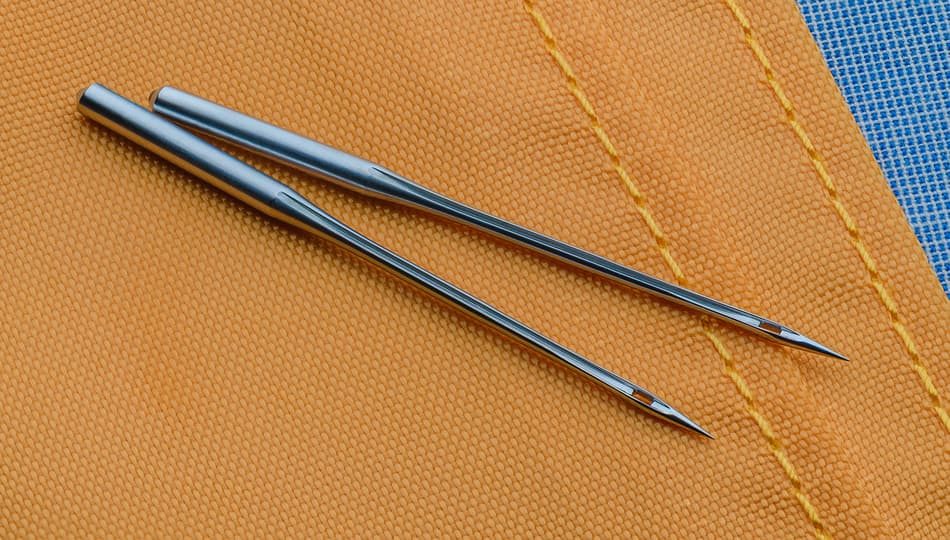
Sewing machines can’t do much without a needle. Sewing machine needles are arguably the most important part of your machine, and it’s important to learn how to identify them.
There are many different types of needles that you can use in your sewing machine, each with a different form and function.
Learning about sewing machine needles:
-
How sewing machine needles work
-
The different parts of the needle
-
What needle size to use
-
Which type of needle to use

It’s pretty important to make sure that you know what sort of needle you’re using, and that you know how to choose the proper needle for your project. In this article, we’ll explain exactly how you can do this.
How sewing machine needles work

Before figuring out which needle you want to use, it’s a good idea to have a basic understanding of how they work for the following reasons:
- Needles are responsible for the decorative style of your project
- Different fabrics will require different styles of needles to create the proper stitches
- Dull needles can lead to problems in your project, such as missed stitches or torn fabrics
The simplest explanation is that the sharp end of a needle punctures a hole in your fabric in which you can draw your thread through. They do this by creating a small loop which is then picked by the needle’s hook. The thread then follows the needle through the loop.
Different parts of the sewing machine needle
There are a number of different parts of the needle which are all equally important. These include:
- The eye. This is the part of your needle which links the thread into the machine.
- The butt. The butt is the rounded bit at the top of the needle. This is the part that is physically attached to your sewing machine.
- The shaft. The shaft is the term used to describe the main body of the needle. The size of the needle usually describes the size of the shaft.
- The shank. This is the thickest part of the needle, located just below the butt. The back of the shank is generally flat, unless you’re using an industrial machine – then the whole shank will be rounded.
- The groove. This is the part of the needle which you put the thread into. The groove’s size depends on the size of the needle.
- Point. The point is the sharp part of the needle that connects with your material before puncturing a hole.
Learning how to identify sewing machine needles
There are a number of different factors involved in identifying sewing machine needles.
Needle size
Needle size can be a bit confusing depending on where you’re from. Much like shoe sizes can vary depending on whether the shoes are for males or females, needle size can vary depending on whether you’re purchasing a needle in Europe or in the Americas.
- American sized needles are numbered from size 8 to size 19. The finest, sharpest American needle will be a size 8, whereas the thickest needle is a size 19.
- European sized needles range in size between 60 and 120. Here, the finest needles start at size 60, whereas the thickest needles are size 120.
Needle size will determine what sort of impact you’ll have on your fabric when you’re working with it.
The thinnest needles (size 8 American or size 60 European) can be used for creating very fine stitches in delicate material, like curtains. The thickest needles (size 19 American or size 120 European) will create holes in the material, which can be used for achieving different artistic patterns.
Thicker, stronger needles are necessary for fabrics that are harder to work with. For example, attempting to sew leather with a size 8/60 needle will lead to your needle snapping.
Types of needles
In addition to choosing your needle size, you’ll need to identify what type of needle you actually need. The type of needle that you want will depend on what sort of fabric you’re using and what kind of project you have in mind.
The six most common types of sewing machine needles are as follows:
- Wing needles. These create open stitches which can be useful for making unique designs on your project. These are usually a very large size: 16/100 and 19/120 are common.
- Self-threading needles. These are the most common type of needle, and they can be used for most projects making use of standard fabrics. These needles are generally thin-to-medium sized, and often can be found in 12/80 or 14/90 sizes.
- Embroidery needles. If you are planning to stitch designs on your projects, then you will probably want to look for an embroidery needle. These are generally sizes 11/75 or 14/90.
- Stretch needles. As the name implies, these needles are useful for working with stretchy fabrics. The tip is medium-sized, and the needles have a unique eye and scarf that enables them to work better with more elastic materials.
- Leather needles. Leather requires a much thicker needle, so leather needles are generally found in larger sizes such as 11/75 and 14/90.
- Denim needles. If you’ll be working with jeans or other denim projects, you’ll need a denim needle. These usually have a strong, hard shank and a very sharp tip and can be found in sizes 10/70 or 18/110.
Video : How to Choose the Right Sewing Machine Needles
It’s very important to make sure that you know what sort of needle that you need before starting your project. In most cases, it should be relatively simple to figure out what sort of needle that you need. If you’re having difficulty, you’ll most likely be able to ask someone working at the shop where you purchase your needles.
Even after you’ve chosen a needle, it’s important to make sure that it fits properly into your machine. It’s also important to make sure that the type of thread you’re using fits comfortably in the eye.
Other News
Unravelling Asia’s Textile Dominance: Strategic Advantages and Future Prospects in the Global Market
Innovations in Home Textiles Industry: Revolutionising Comfort & Style
Decoding Germany’s Budget Crisis and its Likely Impact on the Textile-Apparel Industry
Best quality fabrics for clothes | Top 10 textile countries in the world
Best quality fabrics for clothes | Top 10 textile countries in the world
What is jacquard fabric? Different types of jacquard fabric.
Consumer Textile Recycling: Emerging Technologies Shaping Sustainable Fashion
Factors that will Impact the Textile Value Chain in 2023
Solving Fabric Waste for a Greener Fashion World
Eco Innovation in Fashion: Revolutionising the Industry
Denim Brands: Moving Towards a Greener Future
Functional Textiles: Blending Innovation with Sustainability
Organic Fabrics for Sustainable and Luxurious Living
Differences in foot shape when wearing wedge-heeled shoes with elevated forefoot height and heel height
Introduction of pvc leather fabric
Original Leather in Pakistan; Natural Thick High Resistance Durability Soft Flexible
Silk Tricot Fabric; Circular Weaves Sturdy High Resistance Not Irritated Skin
How useful was this post?
Click on a star to rate it!
Average rating 0 / 5. Vote count: 0
No votes so far! Be the first to rate this post.
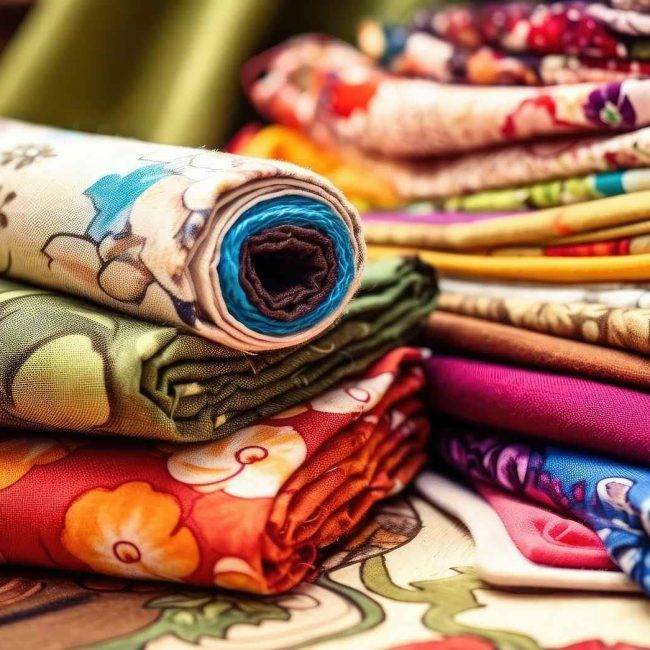
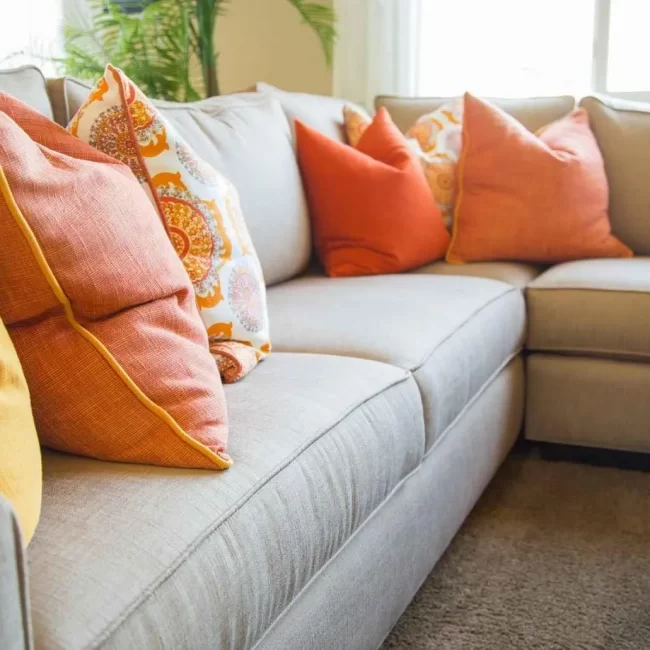
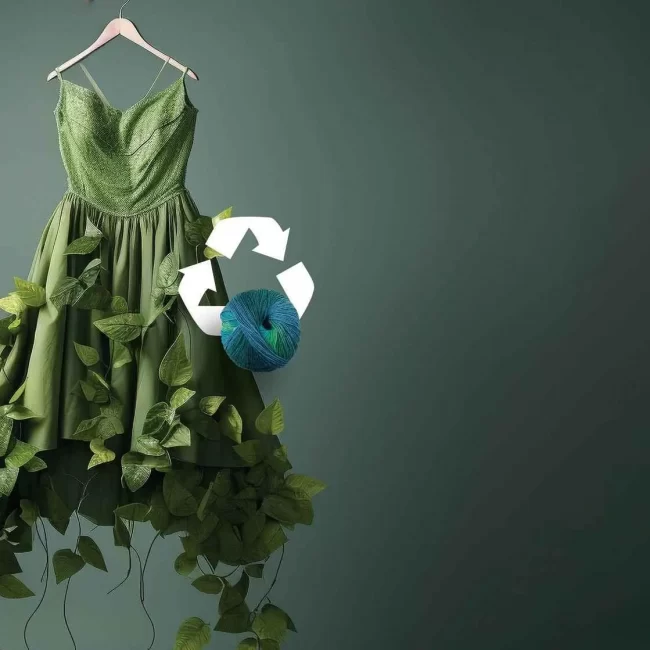
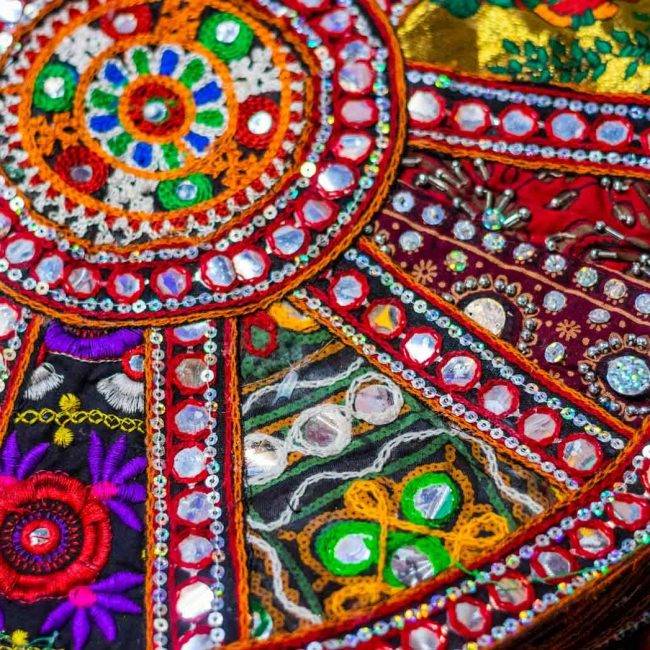
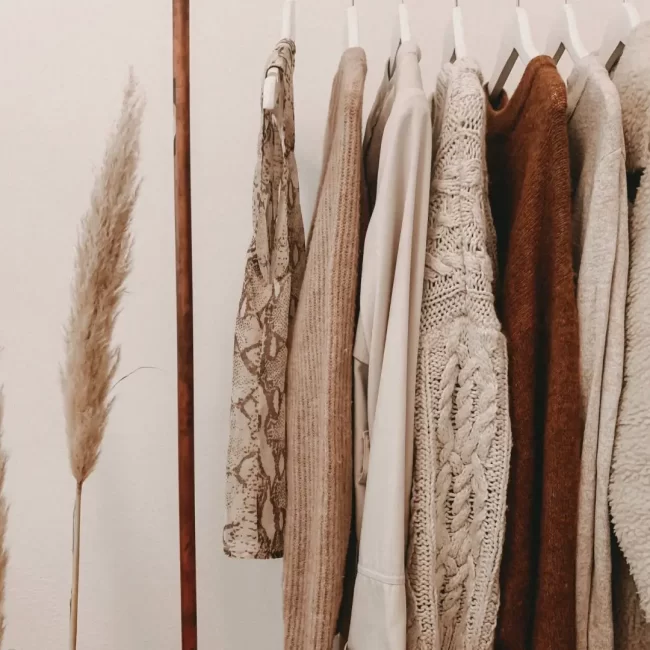
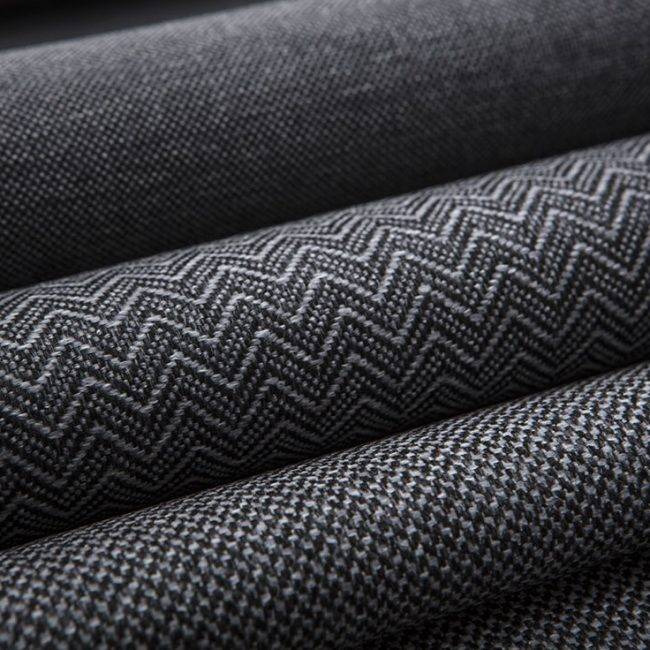
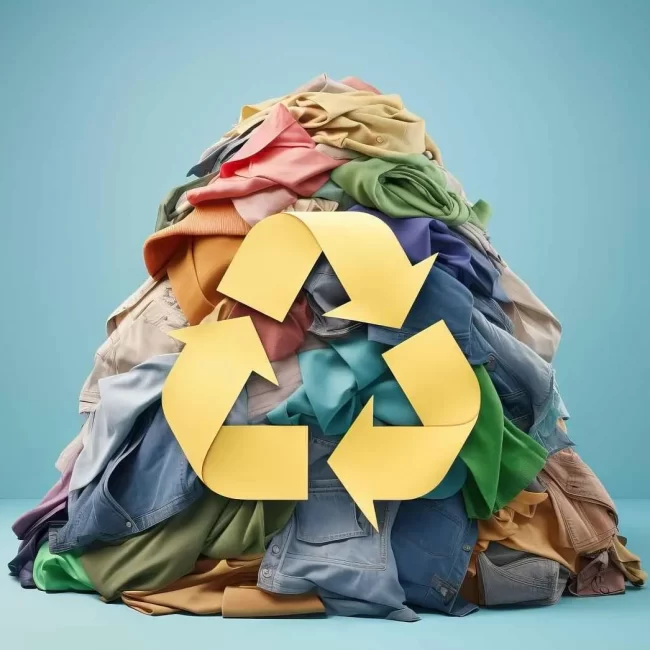
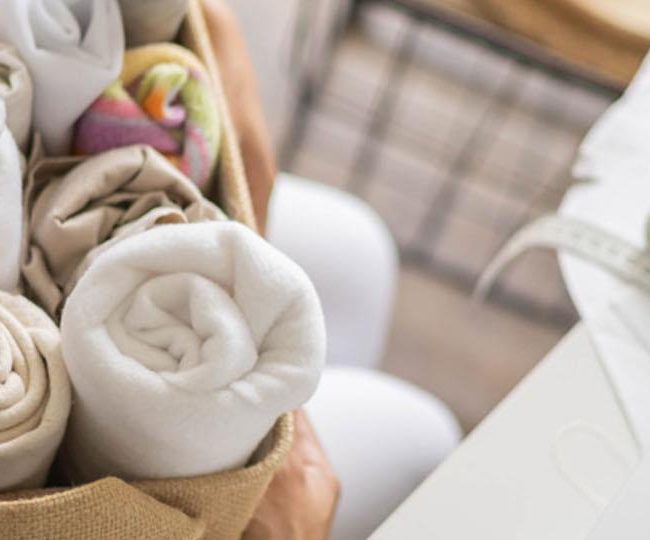
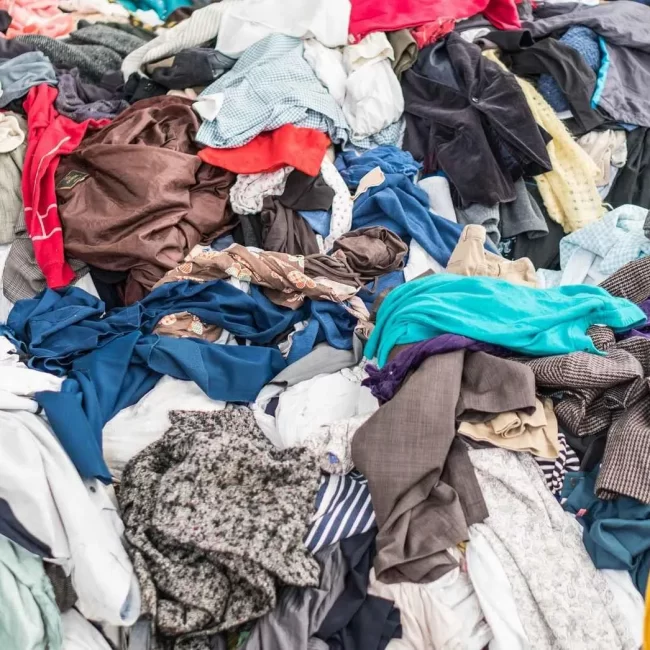
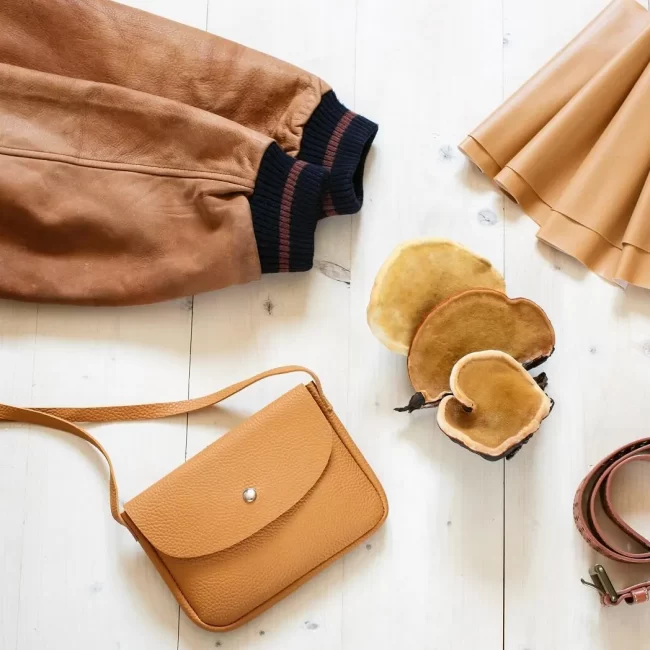
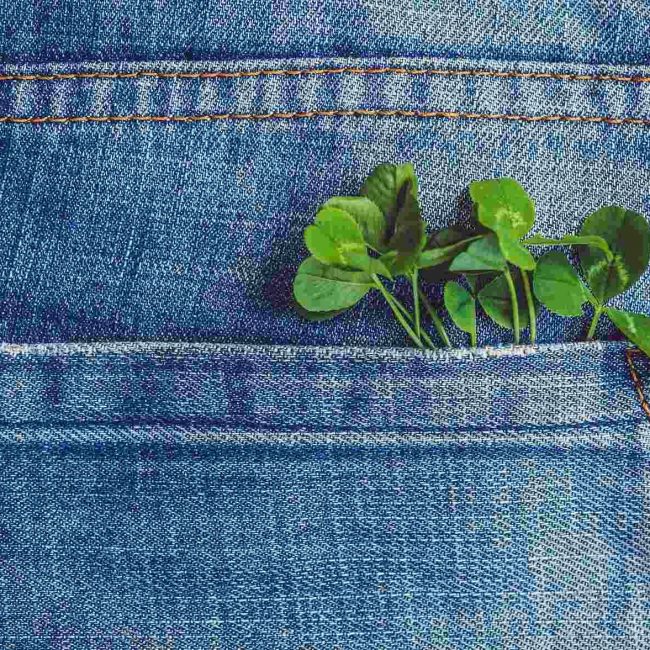
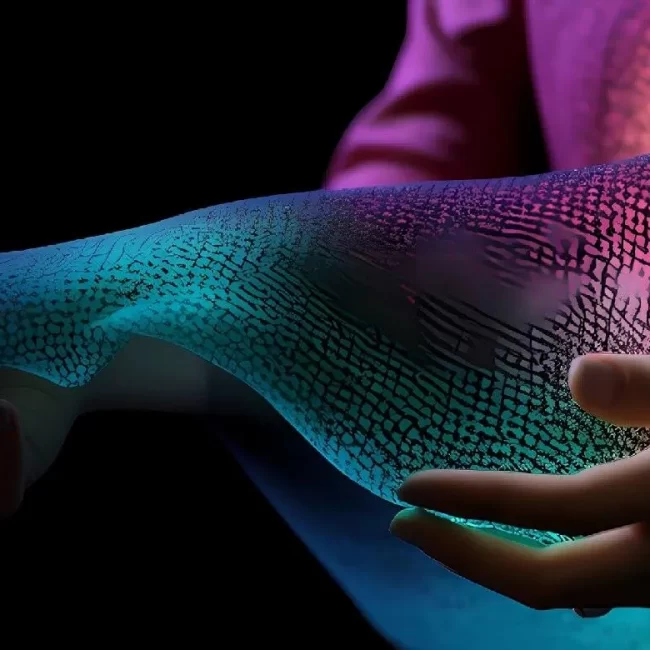
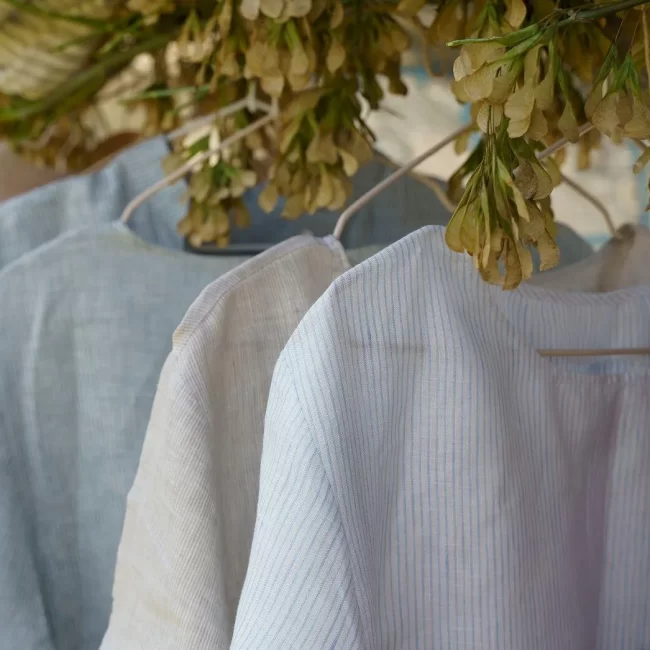
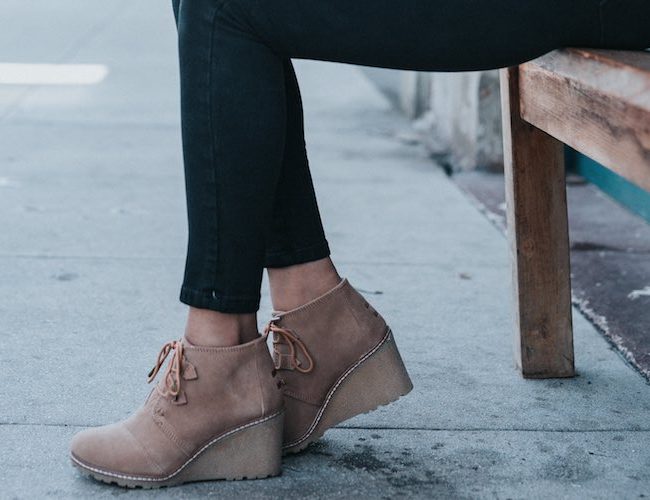
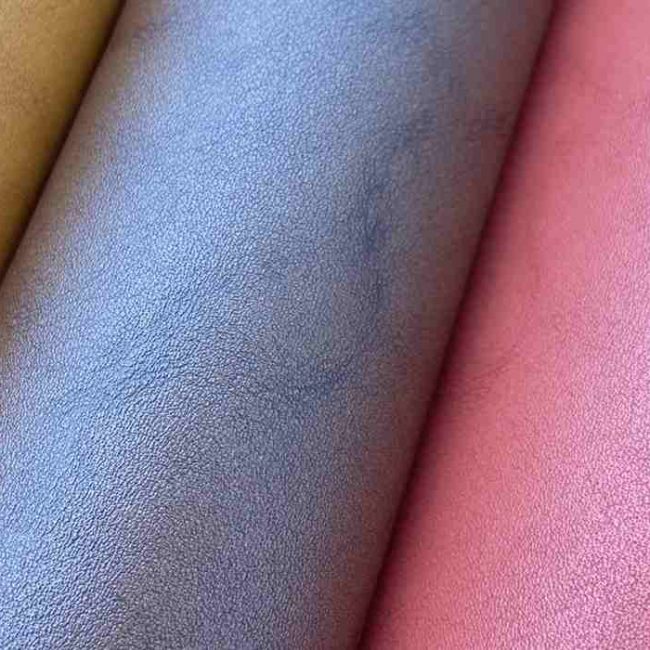
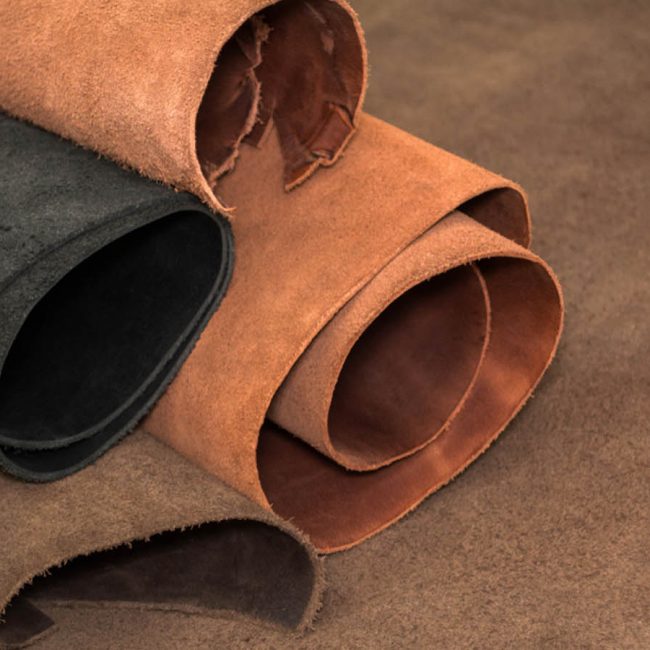
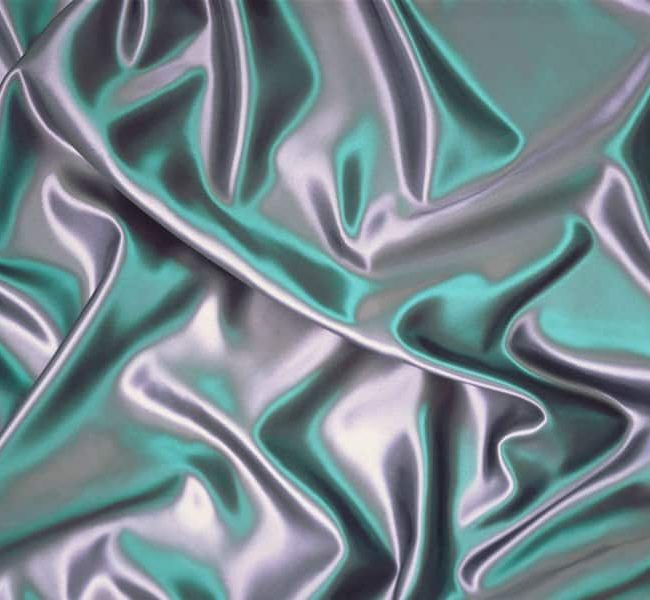
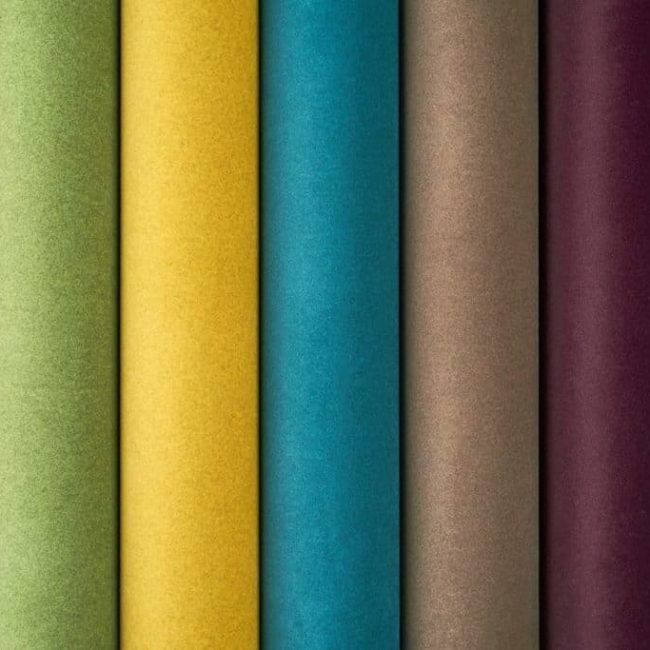
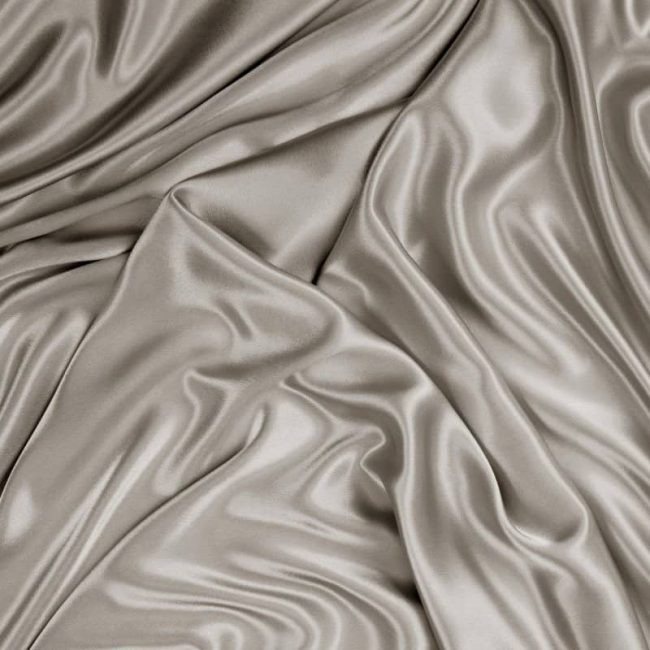
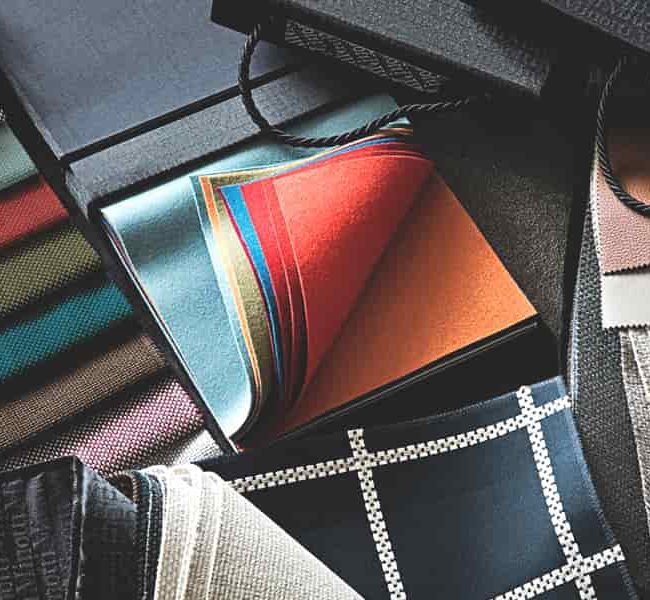
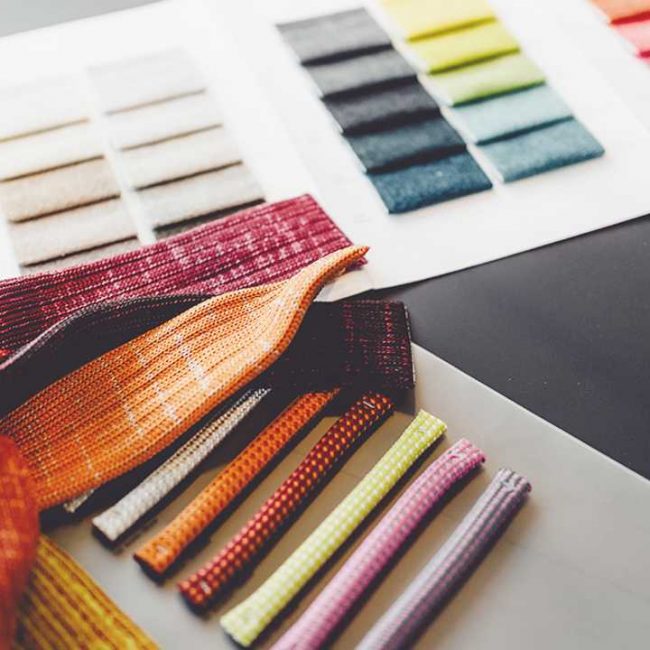
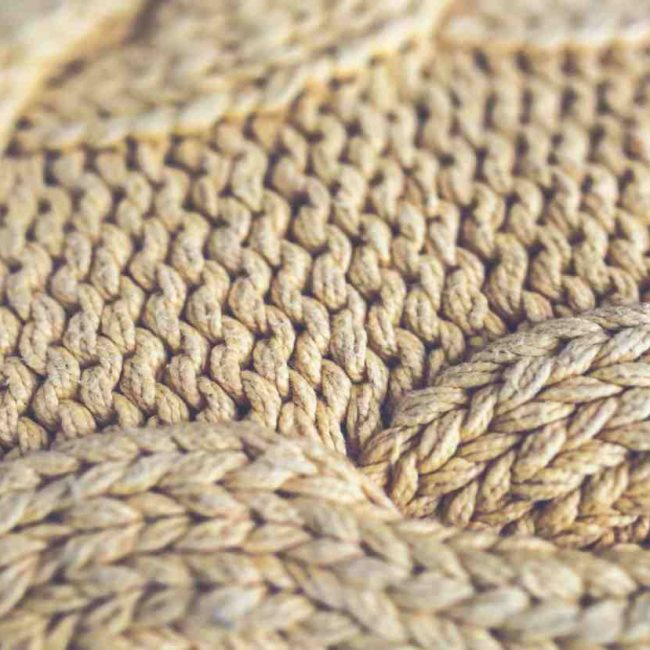
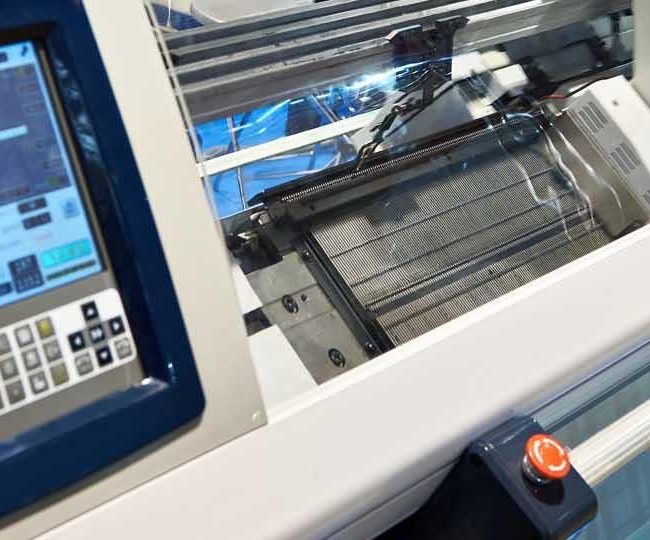
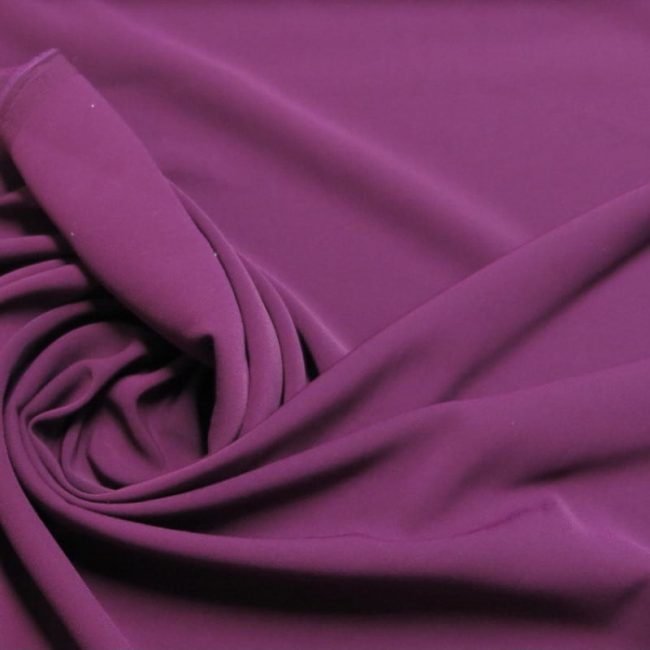
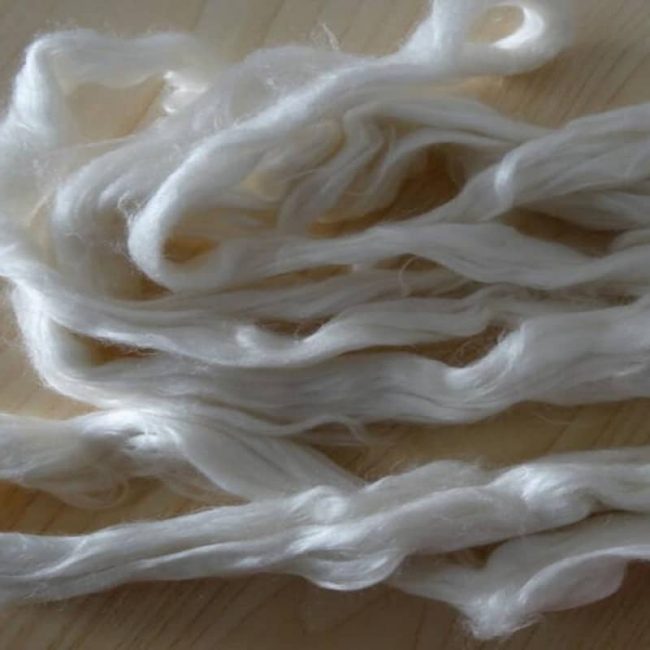
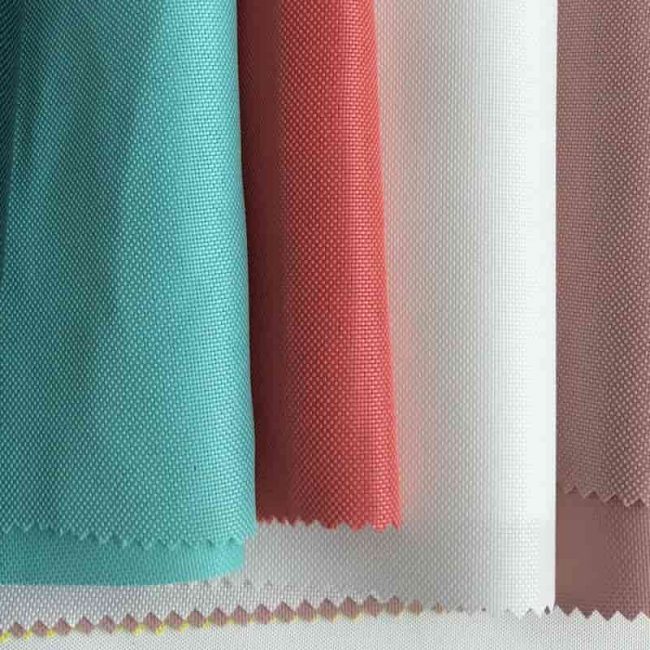
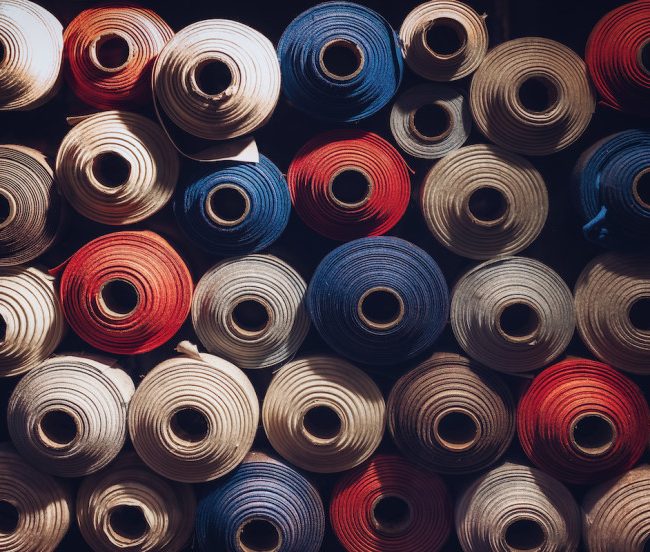
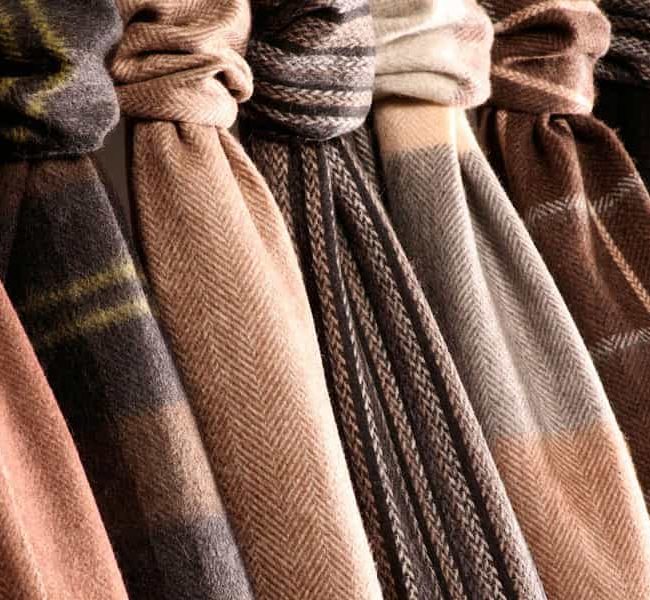
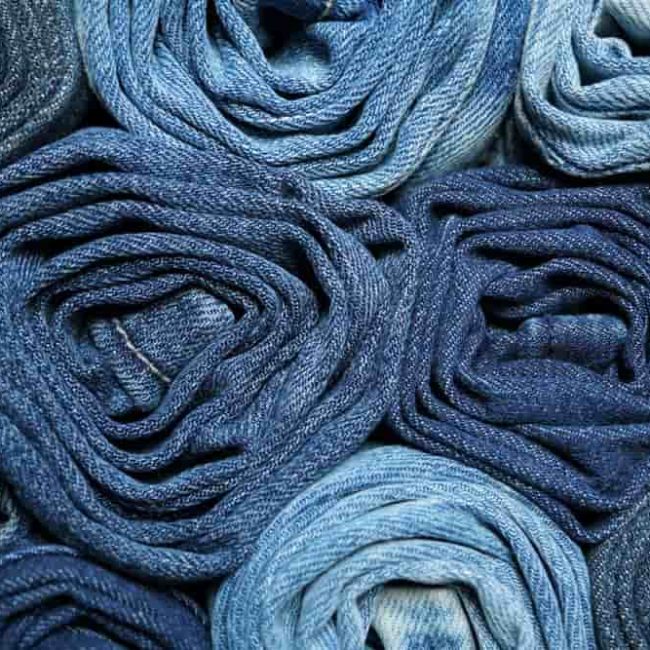
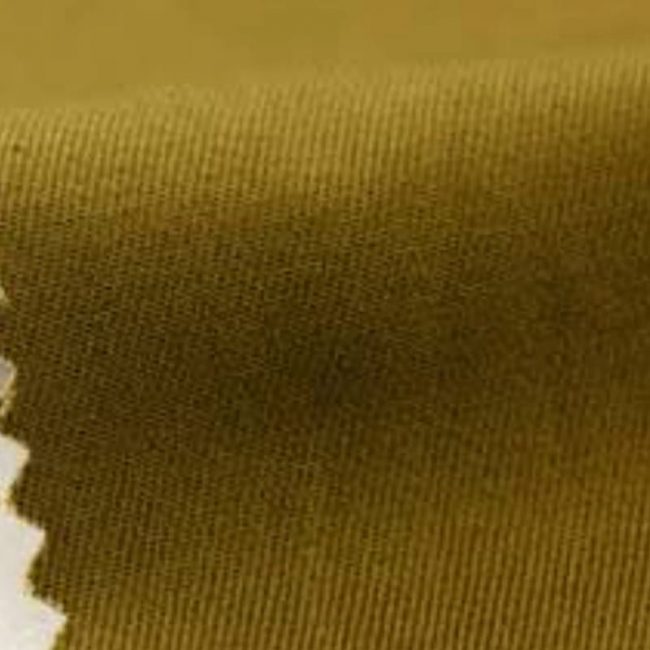
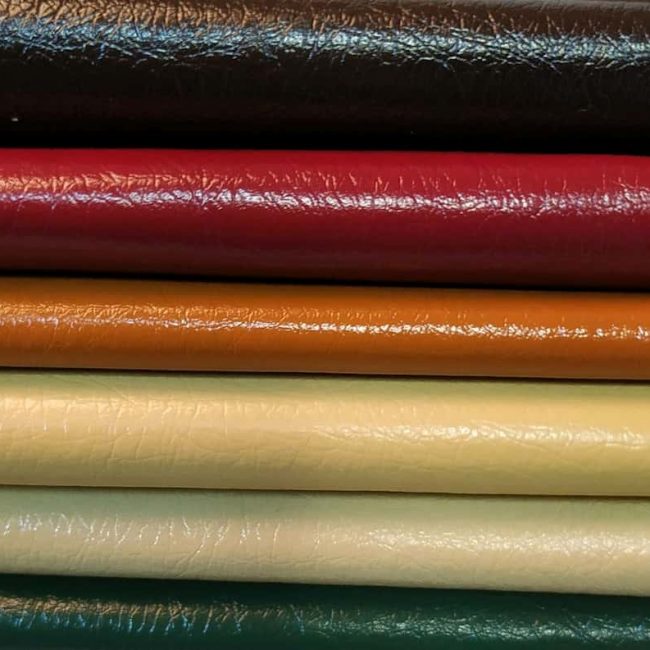
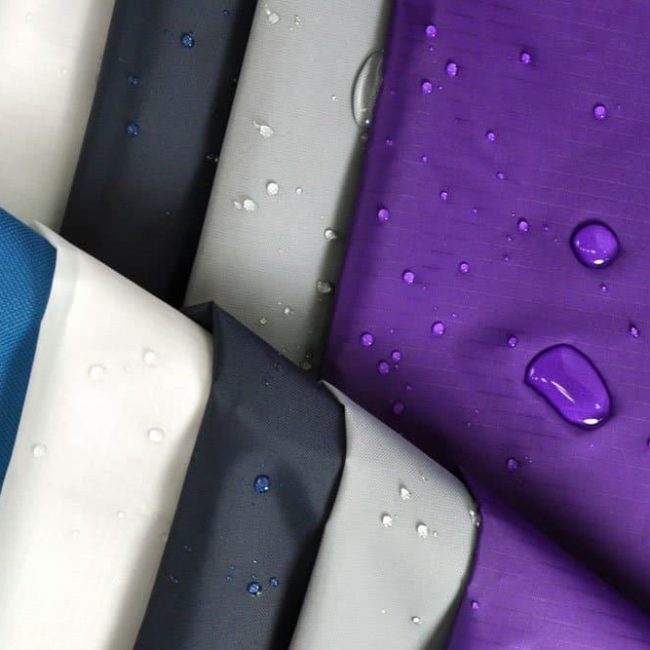
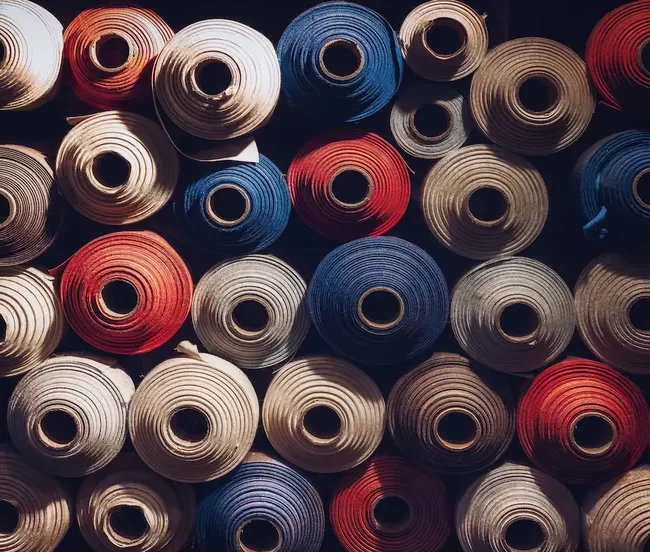
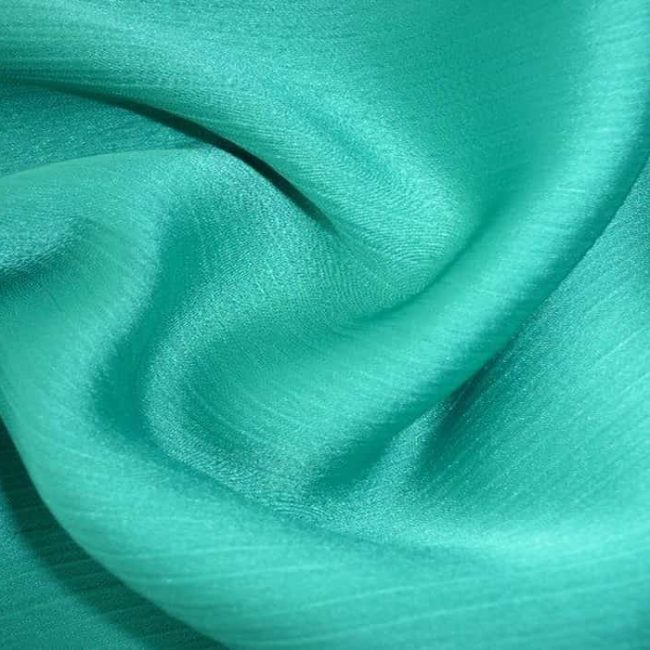

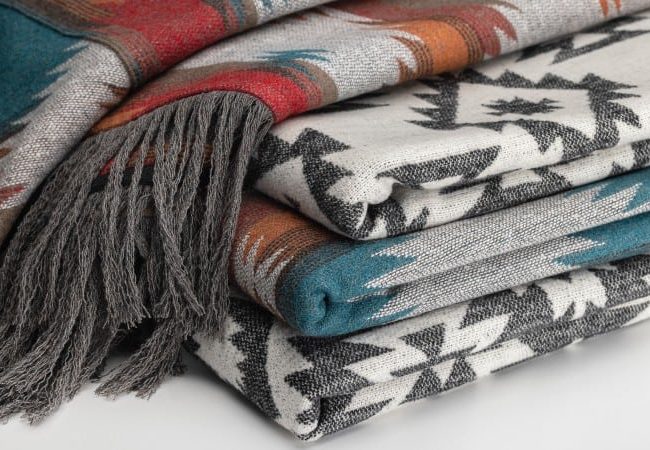
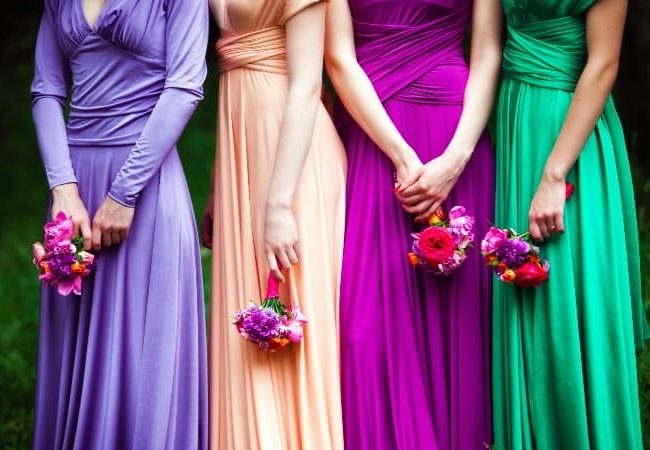
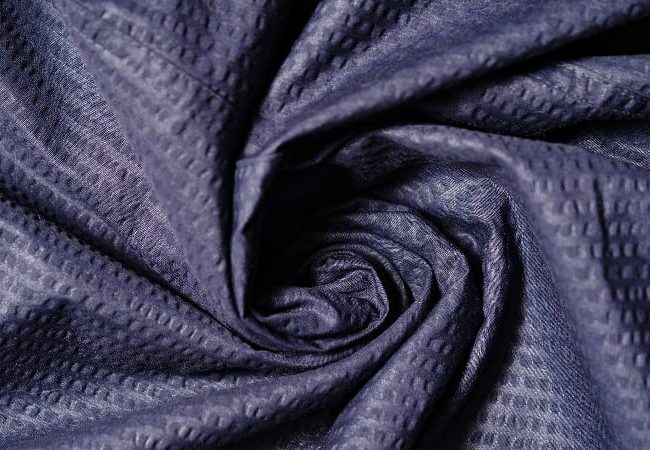
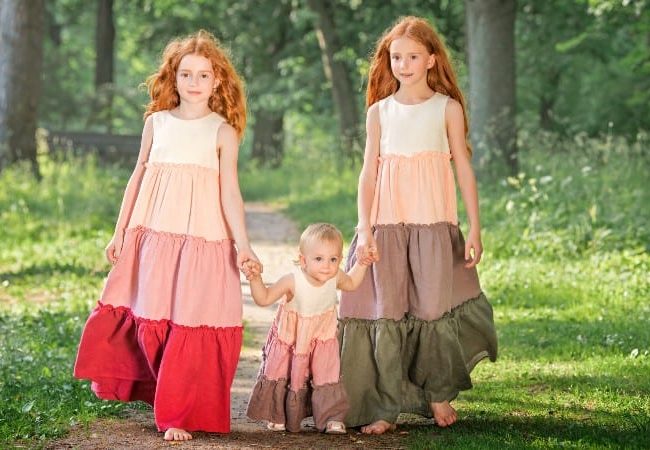
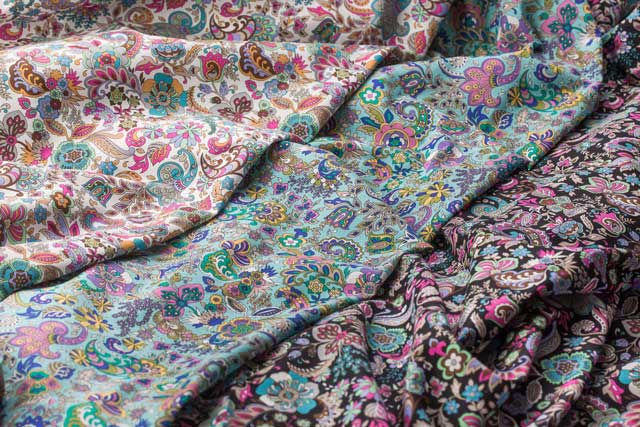
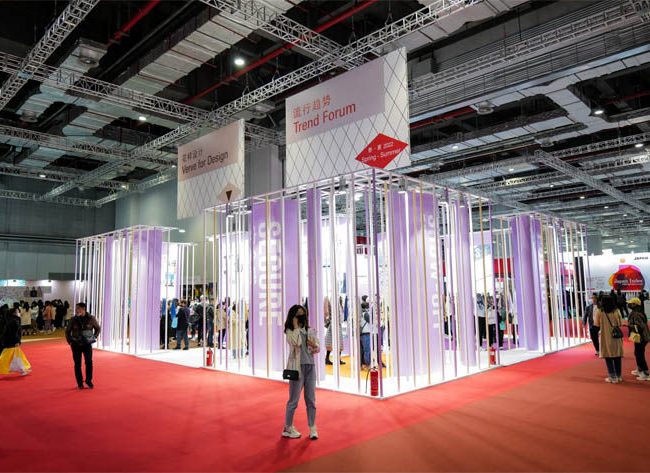

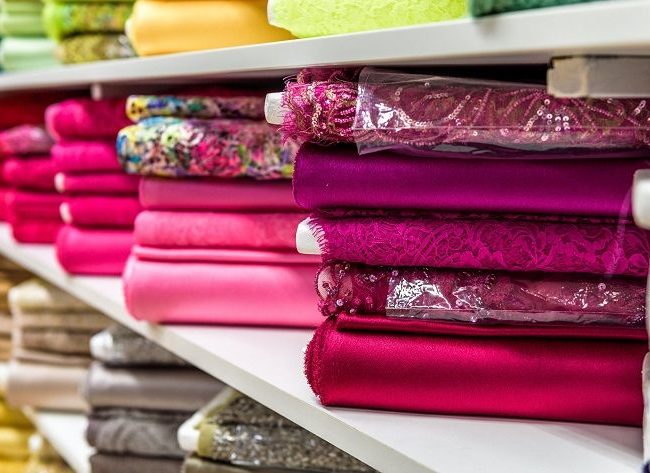
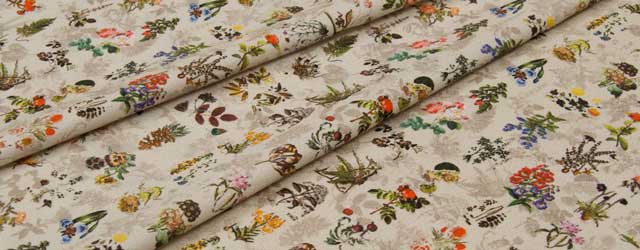
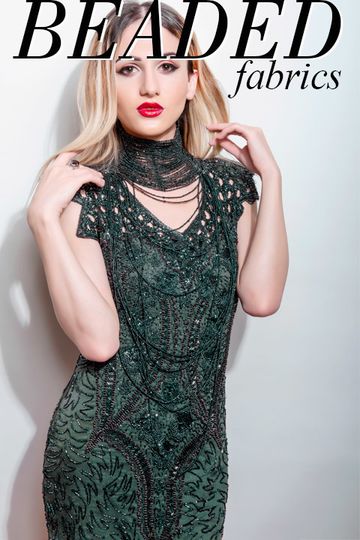
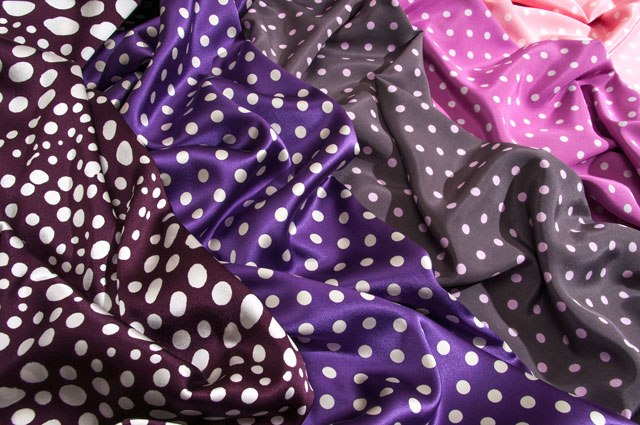
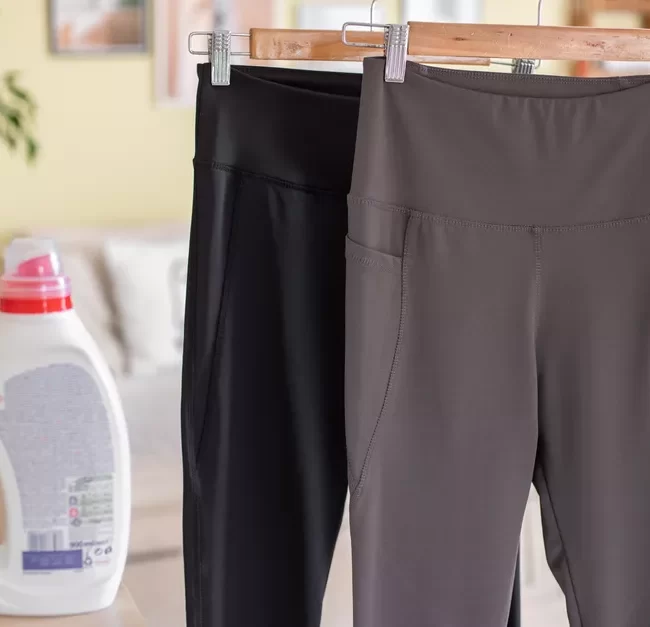
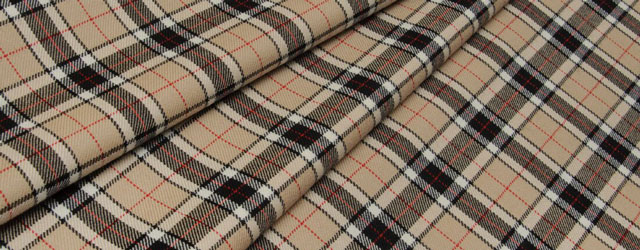
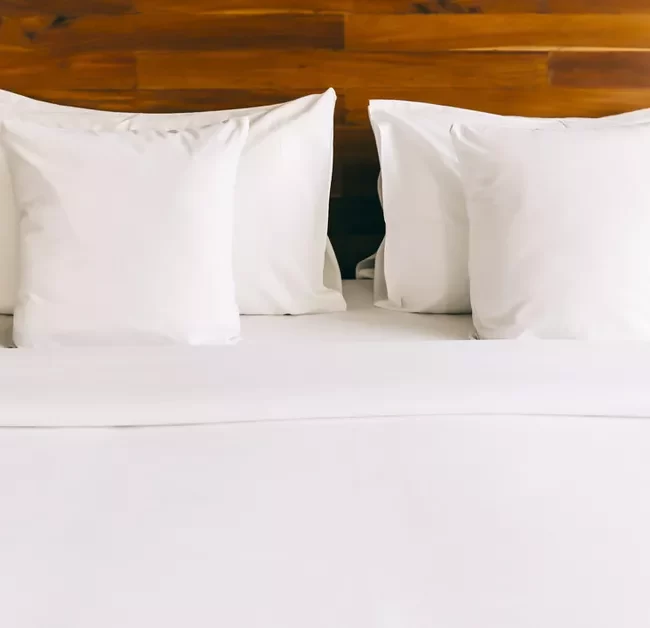
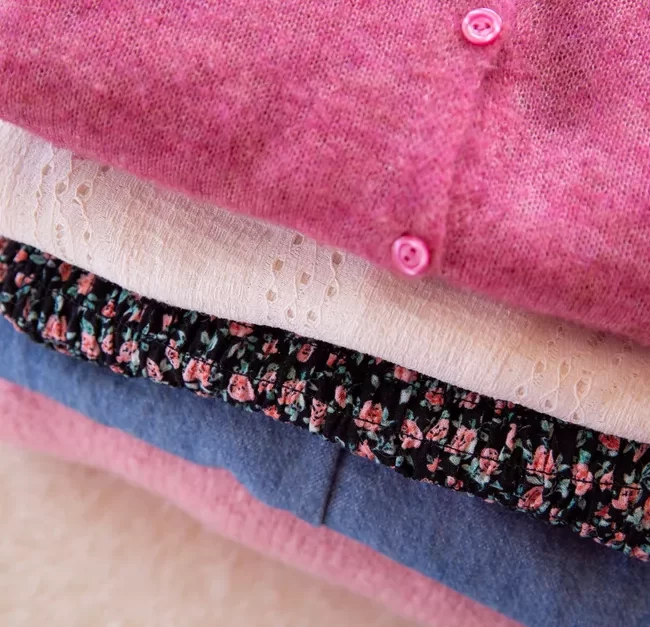
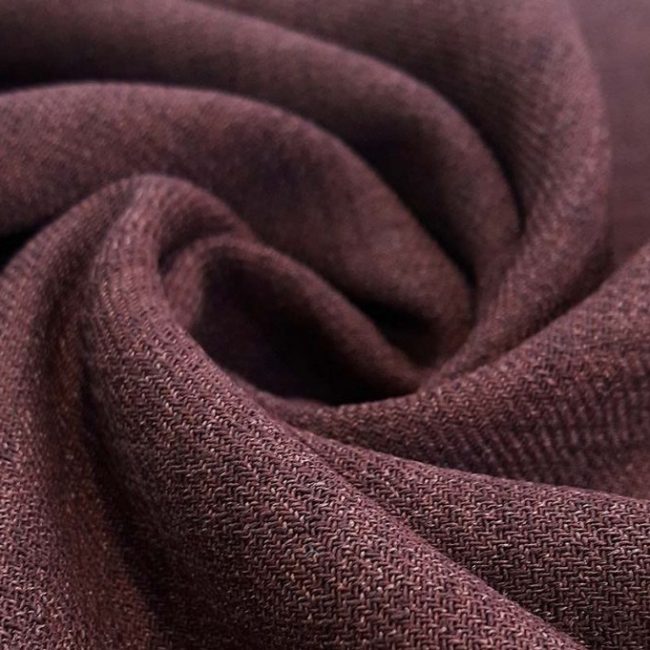
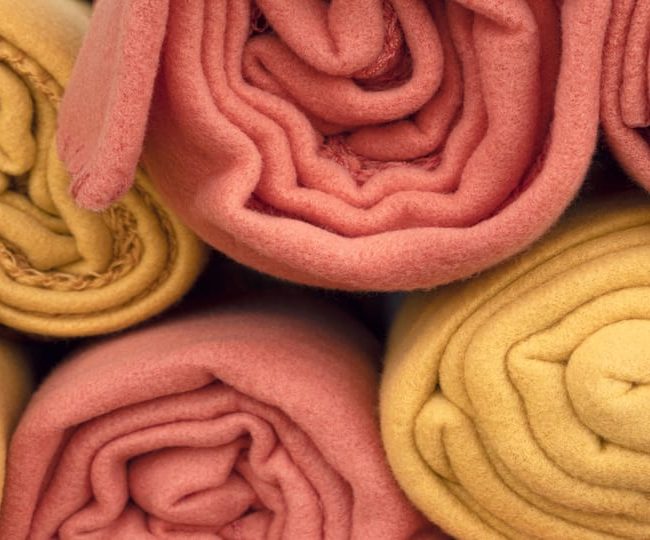
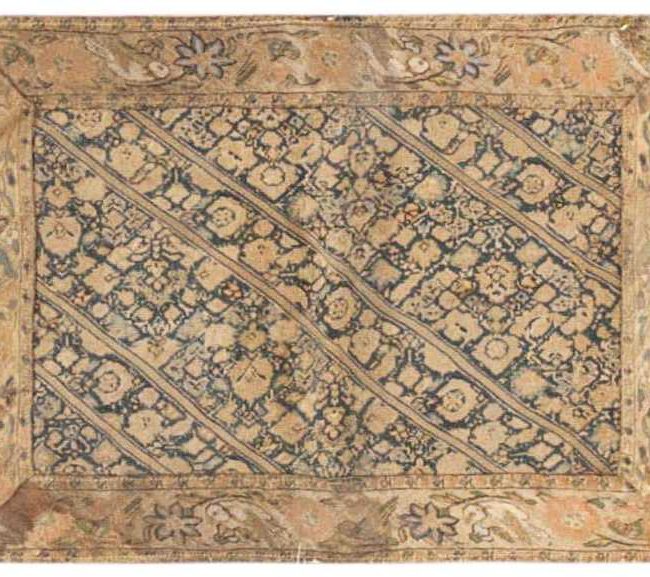
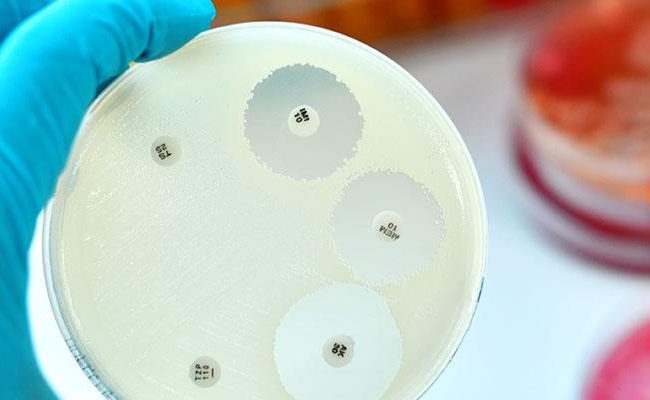
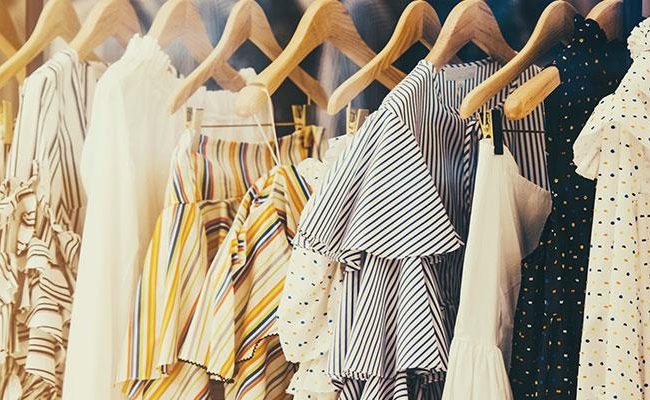

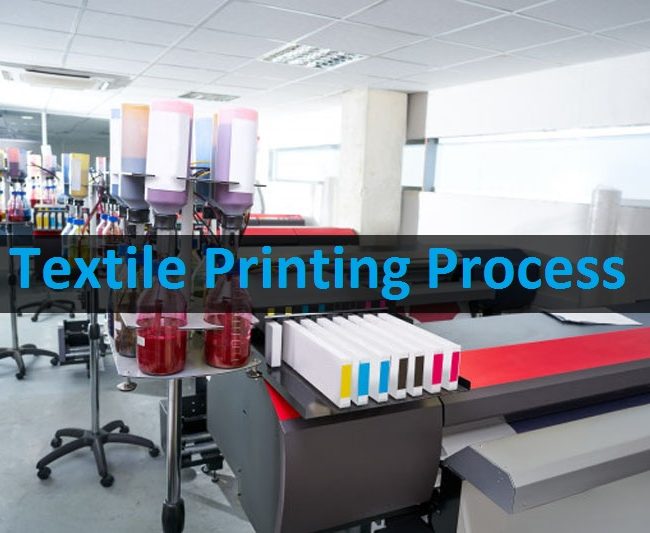
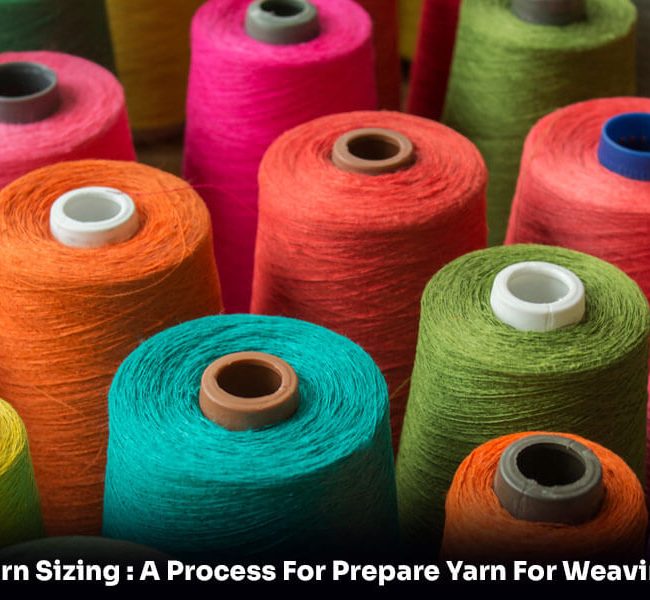
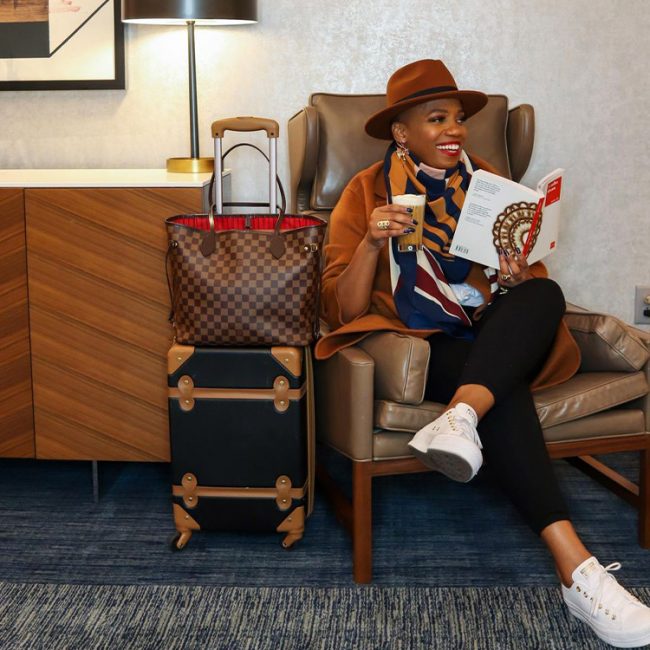
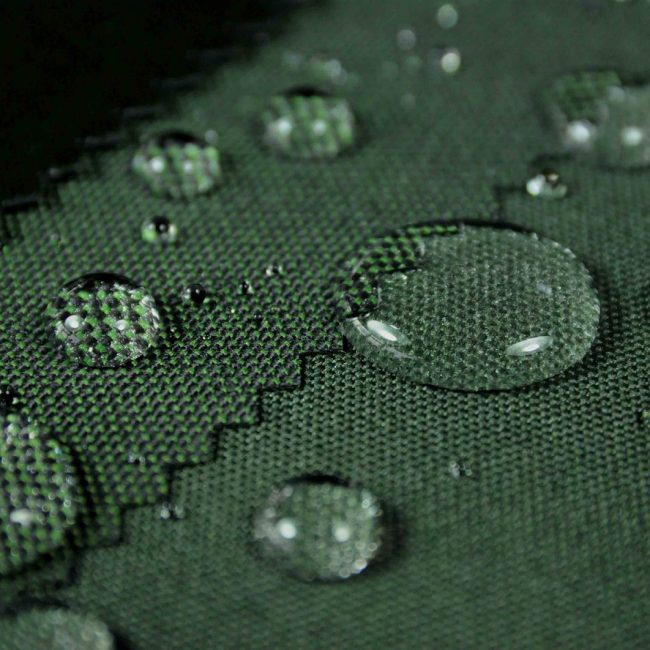
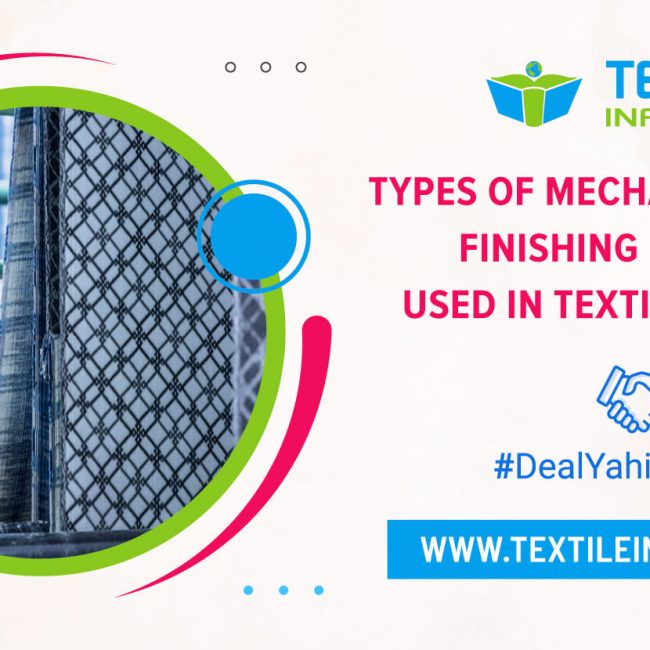
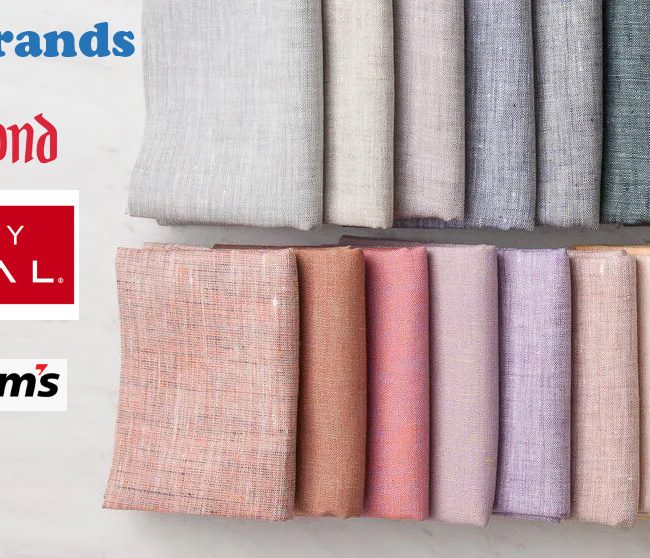
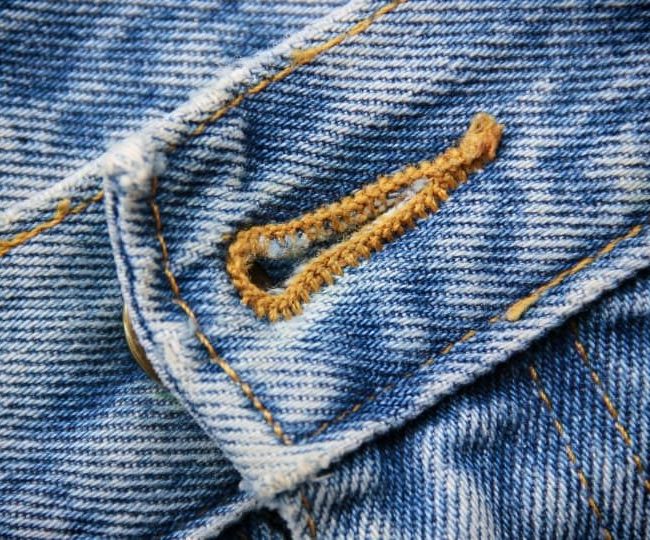
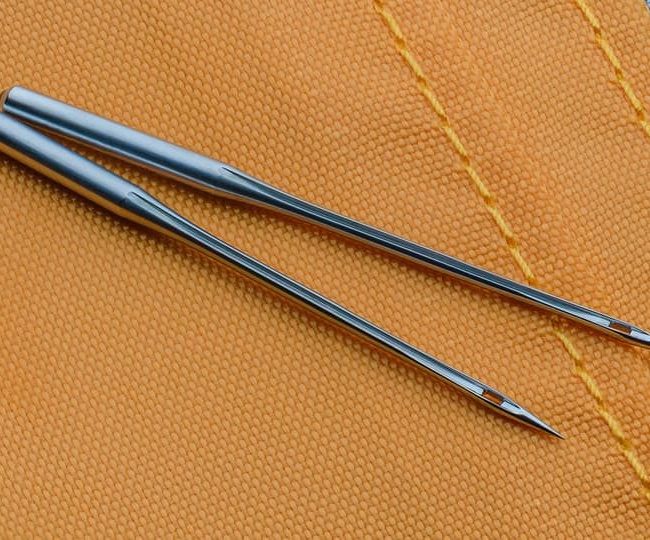
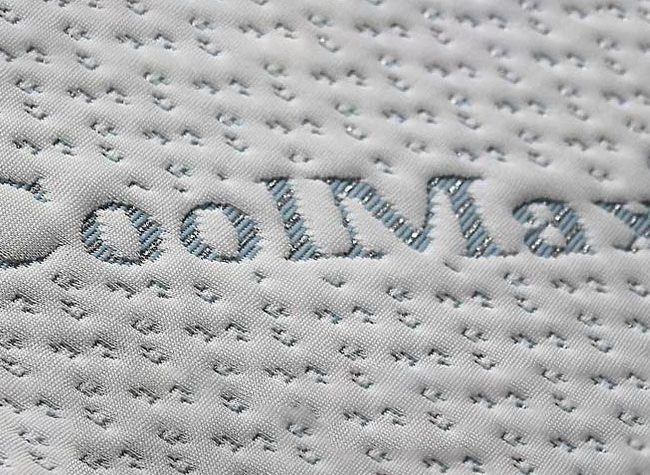
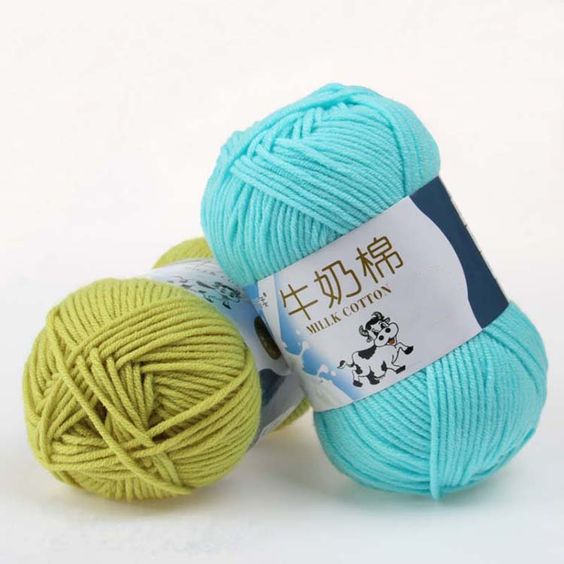
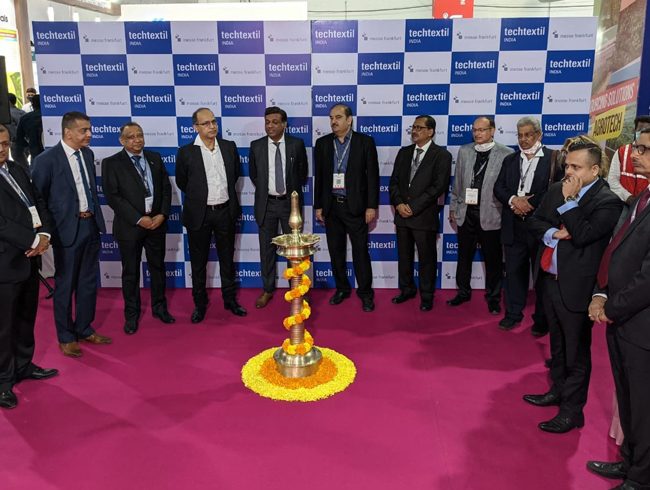
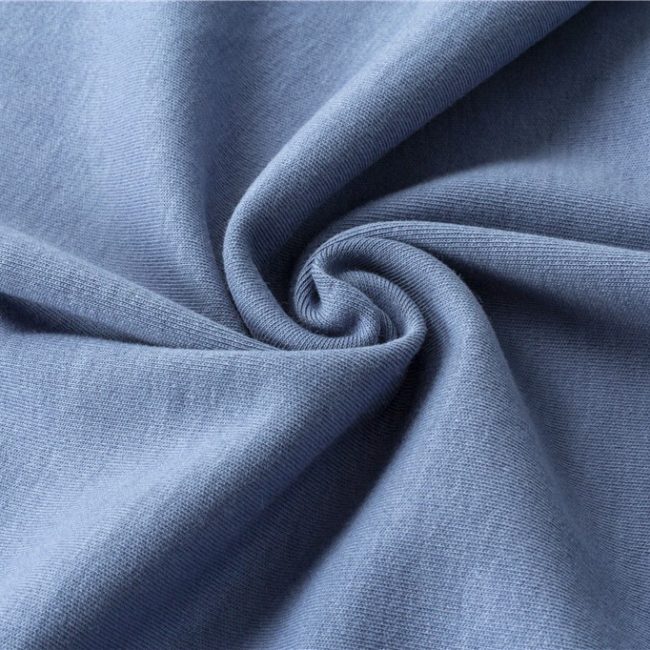
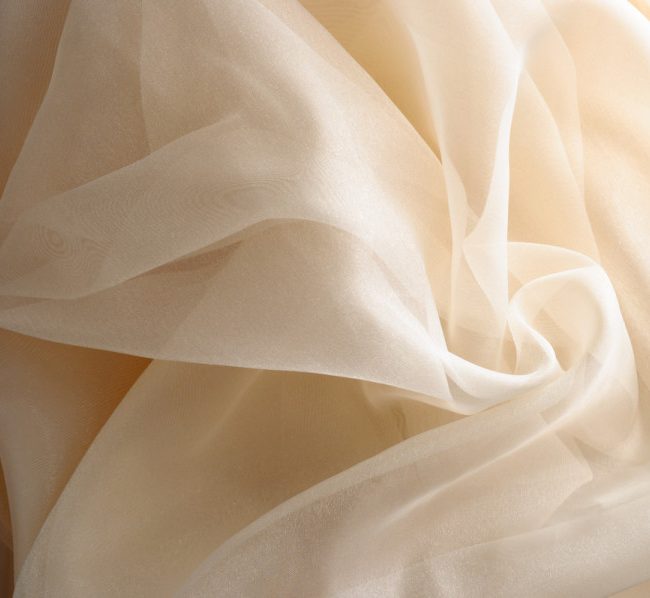
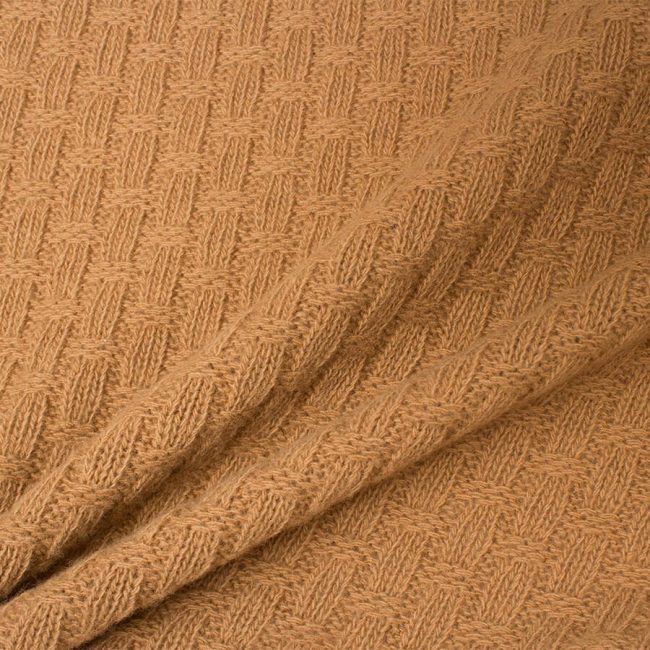
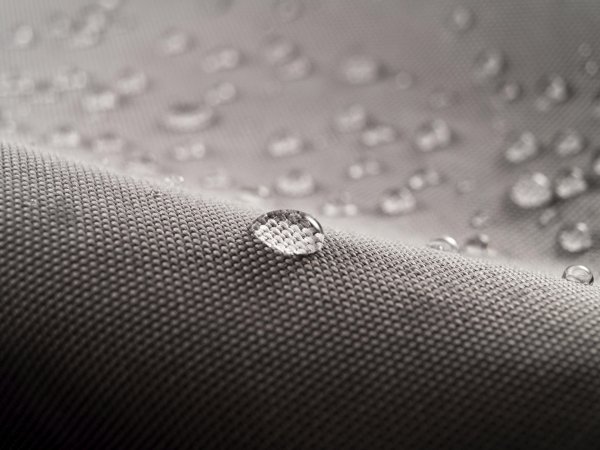
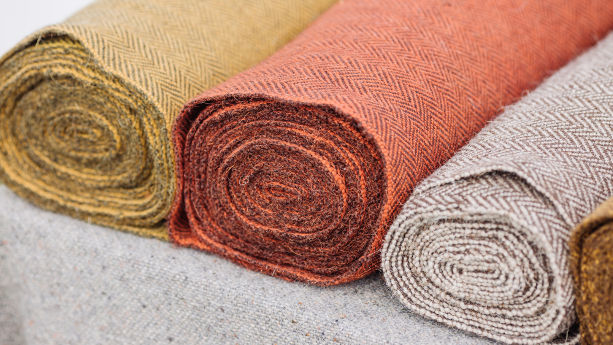
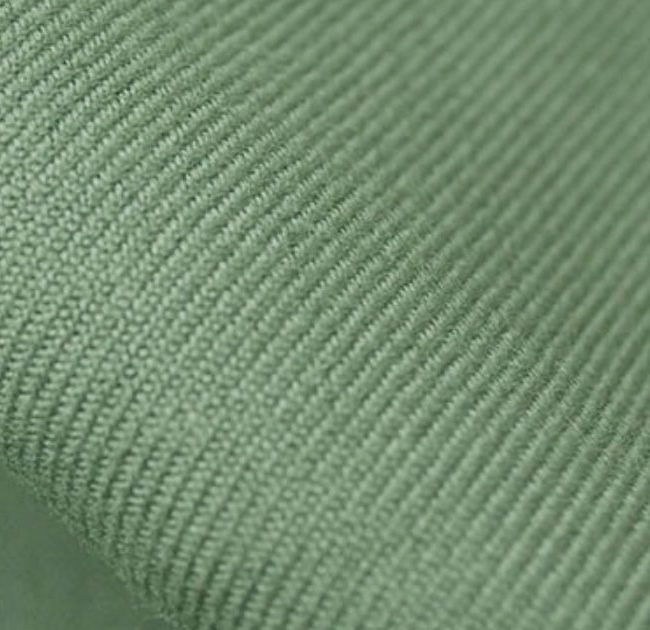
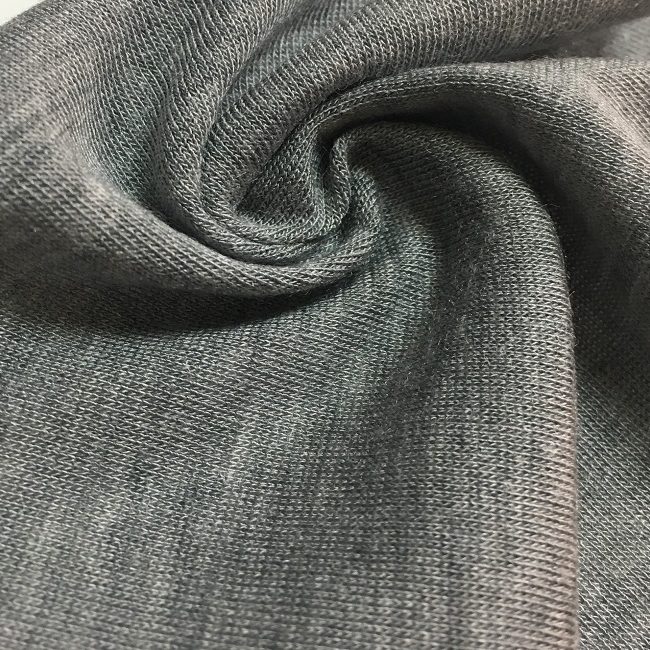

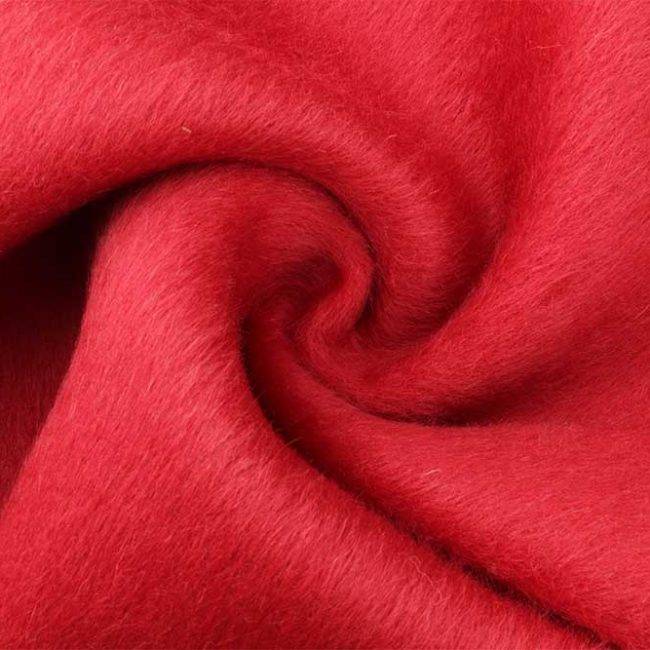
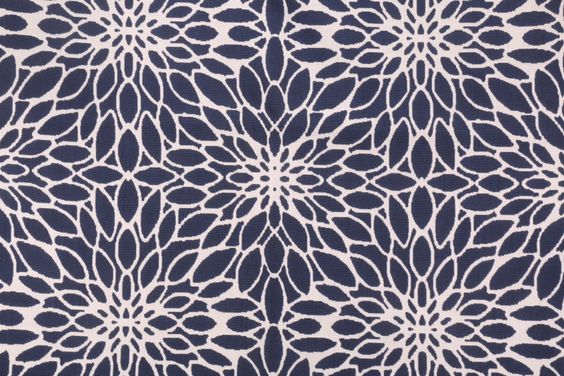
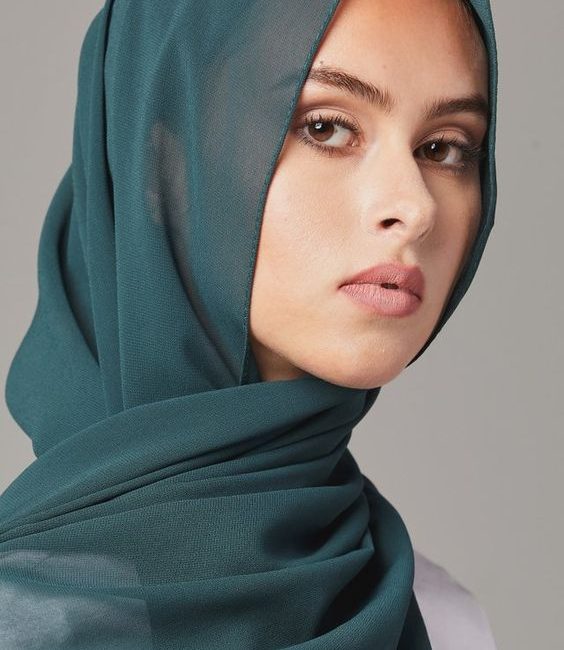
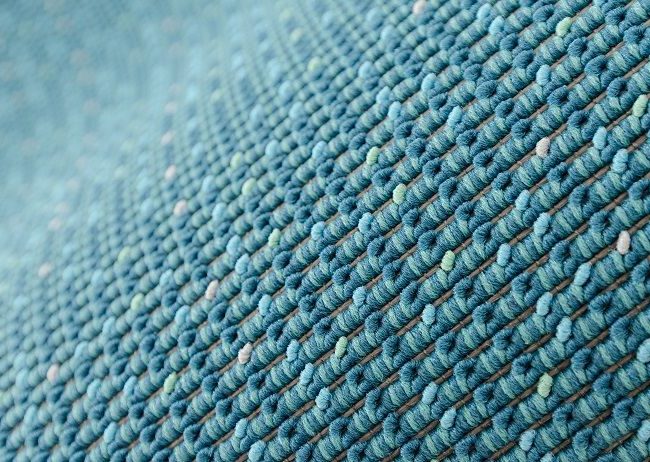
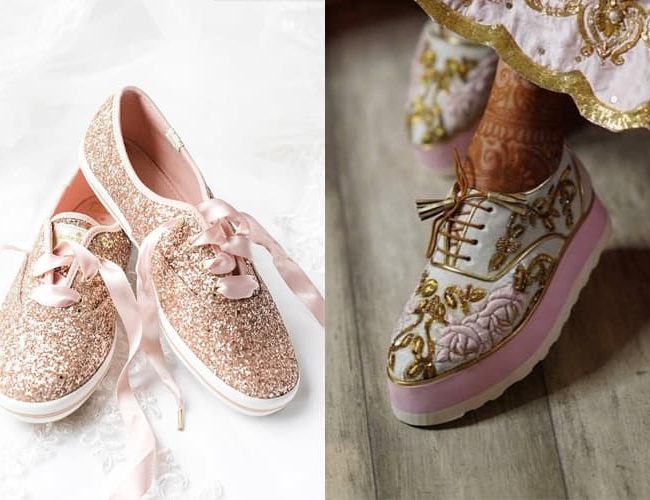
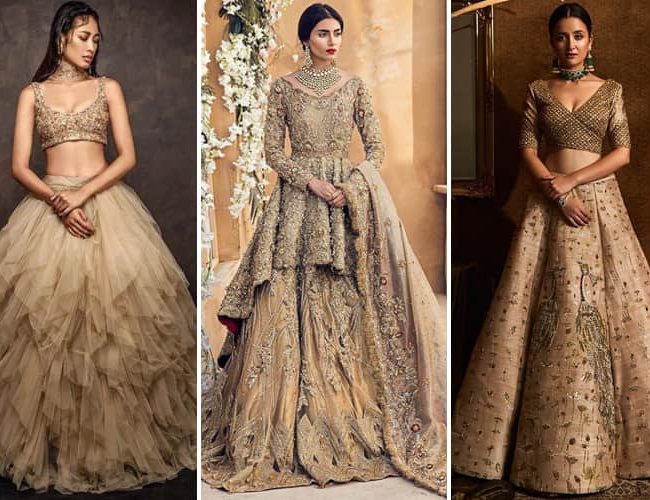

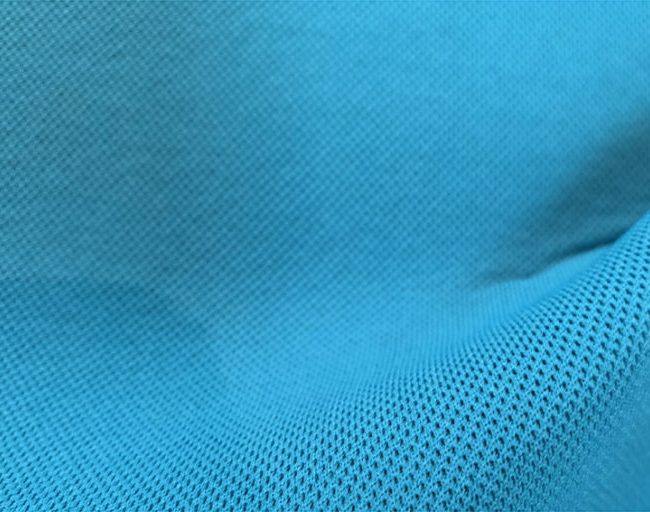
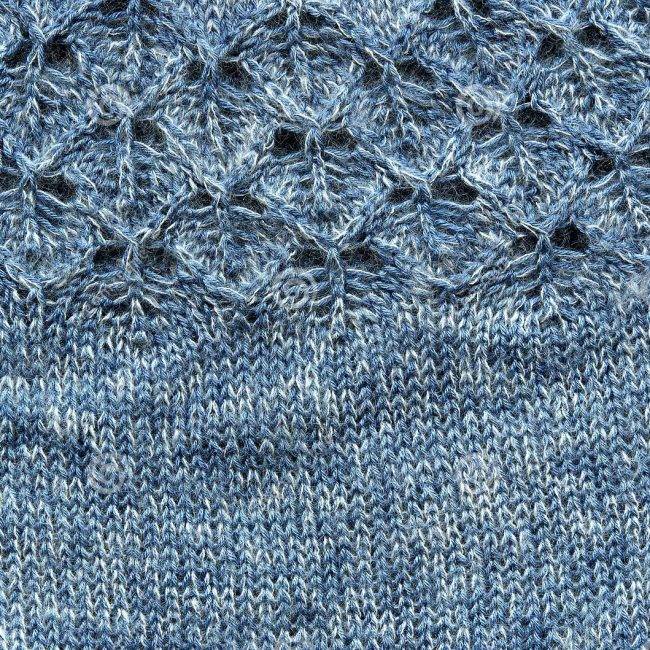
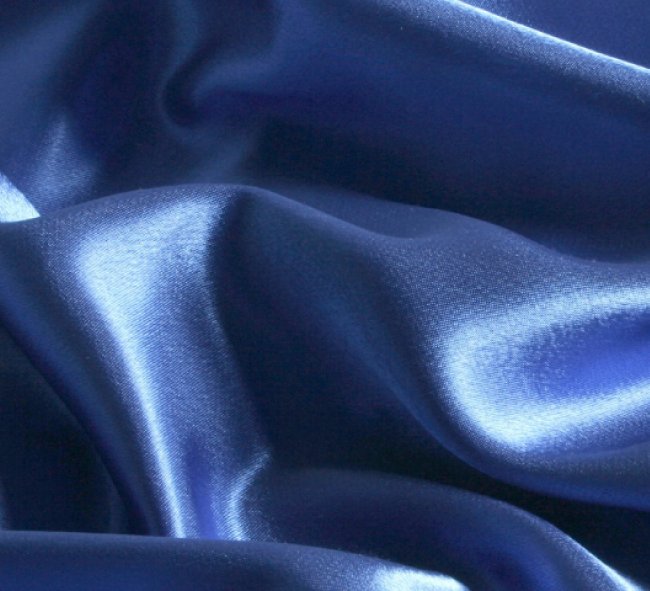

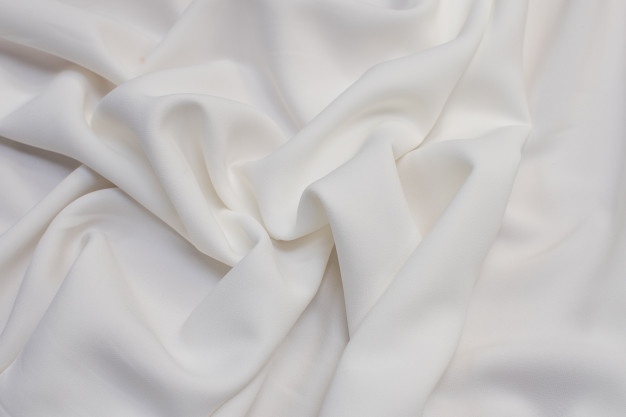
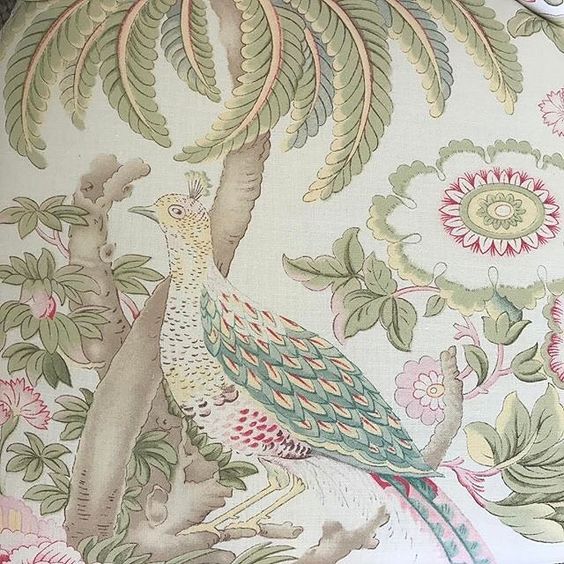
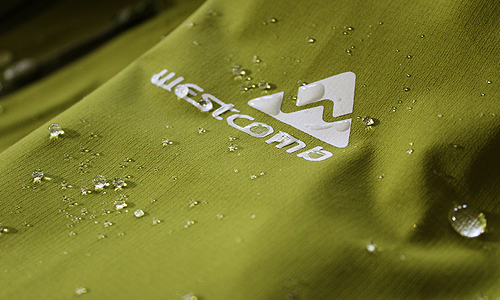
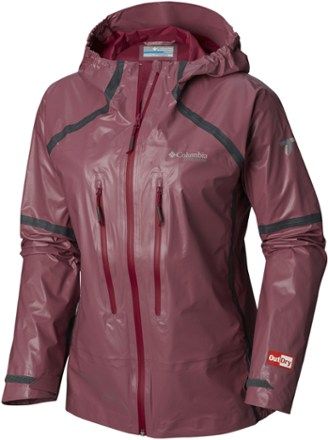

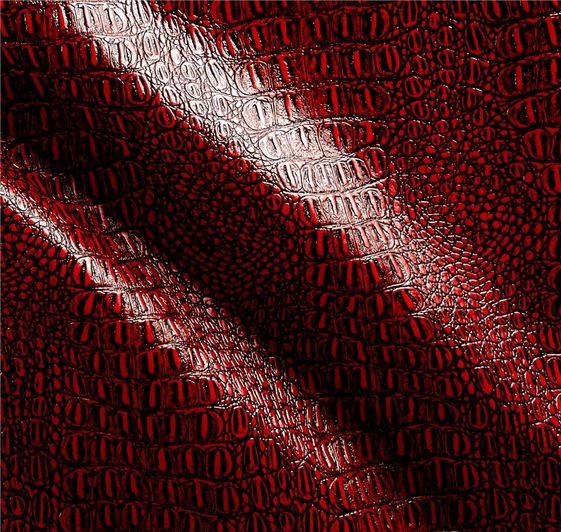
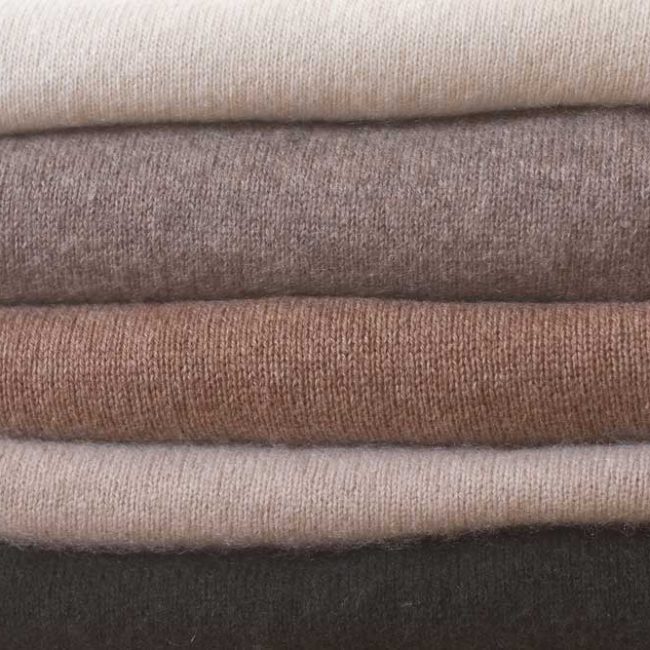
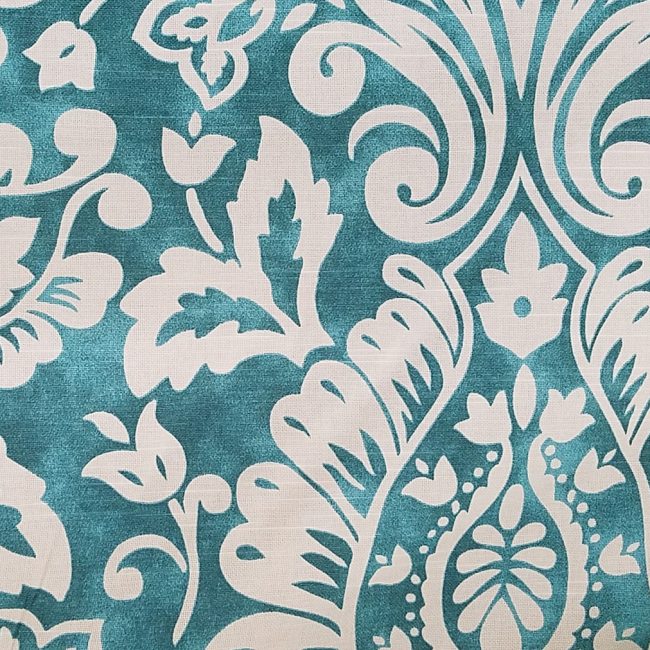
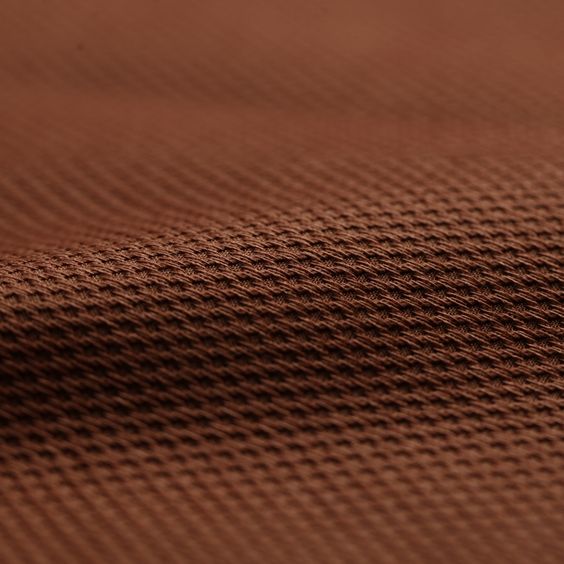
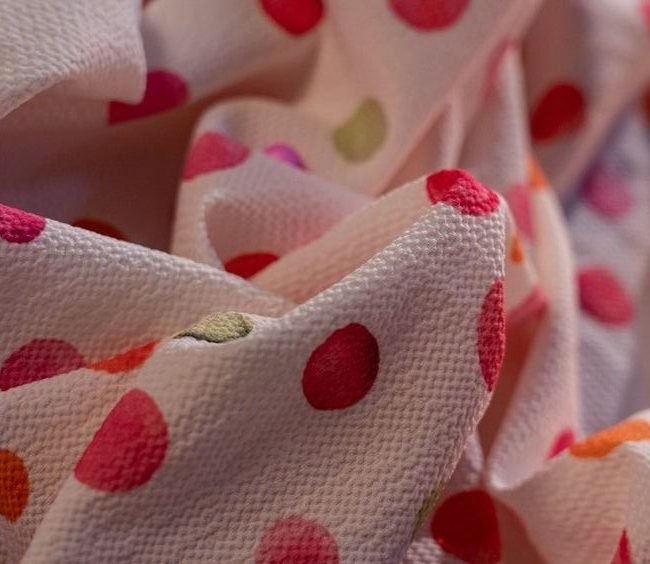
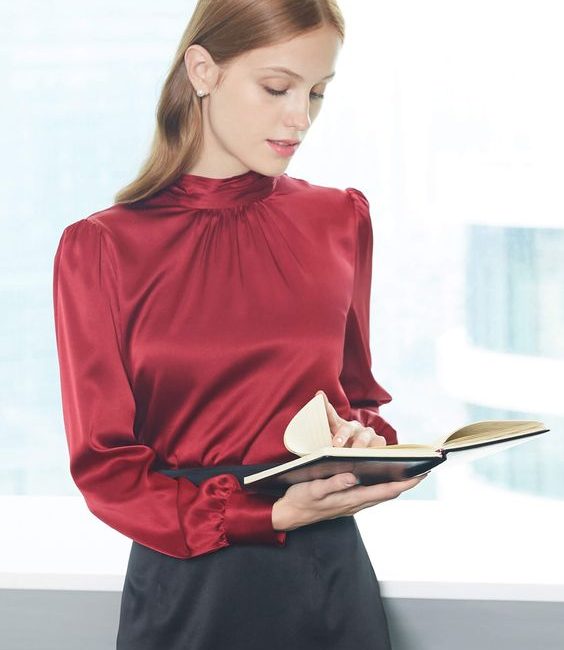
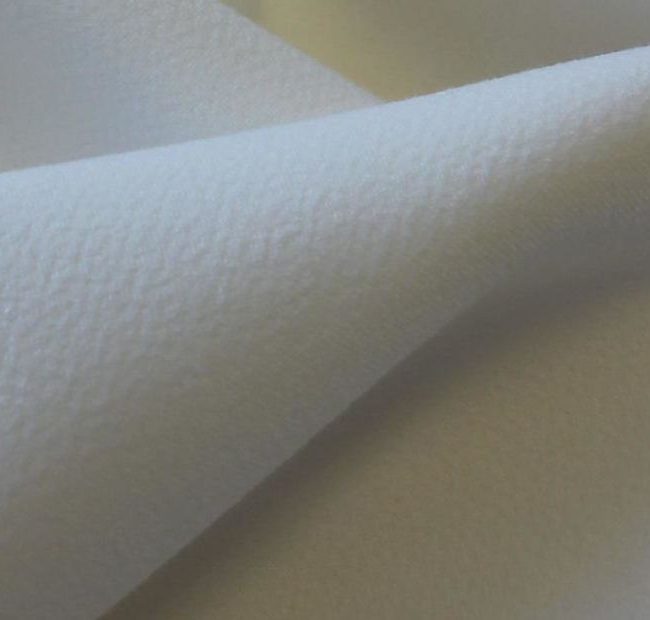
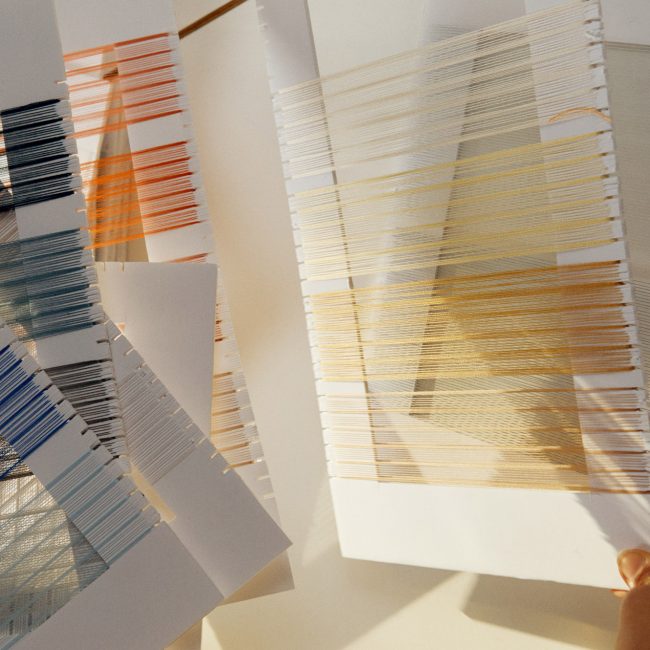
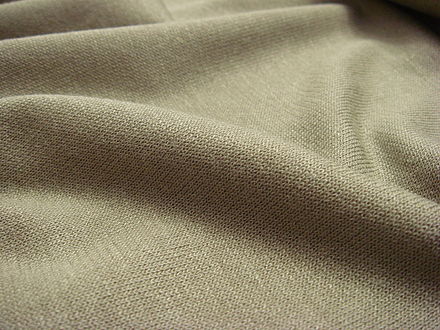
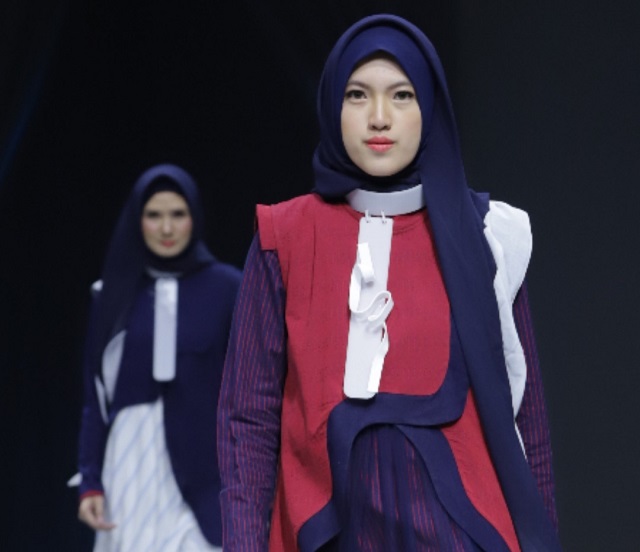
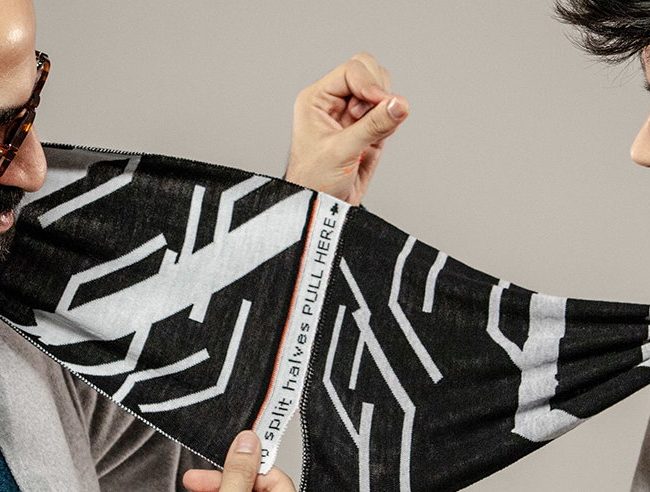
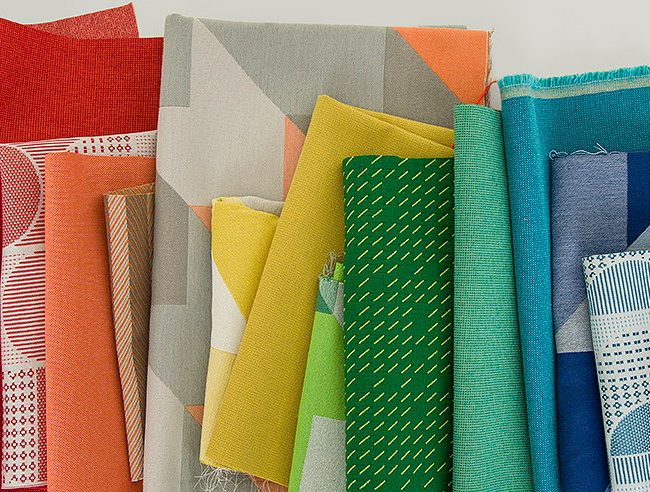
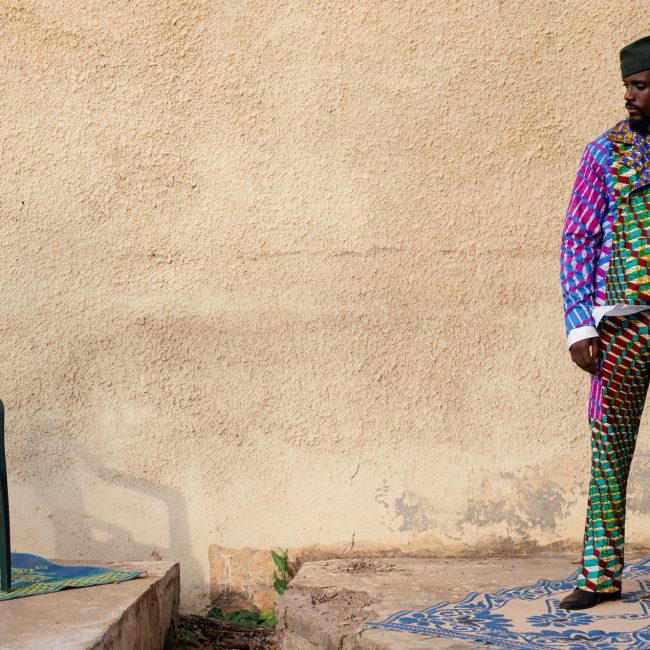
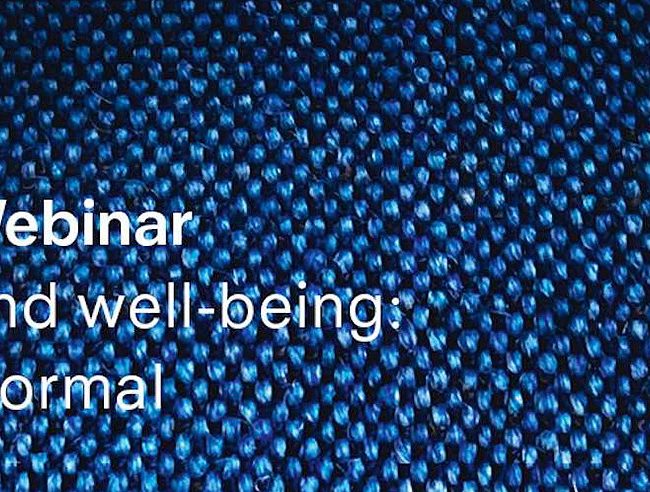

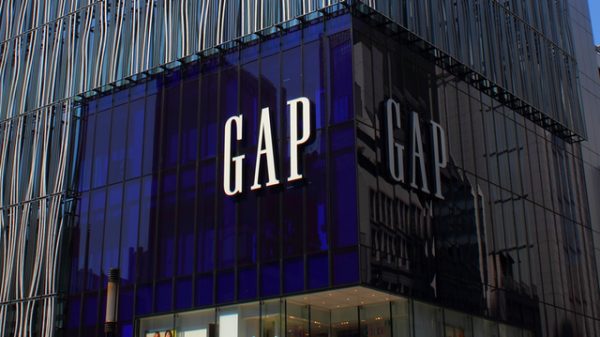
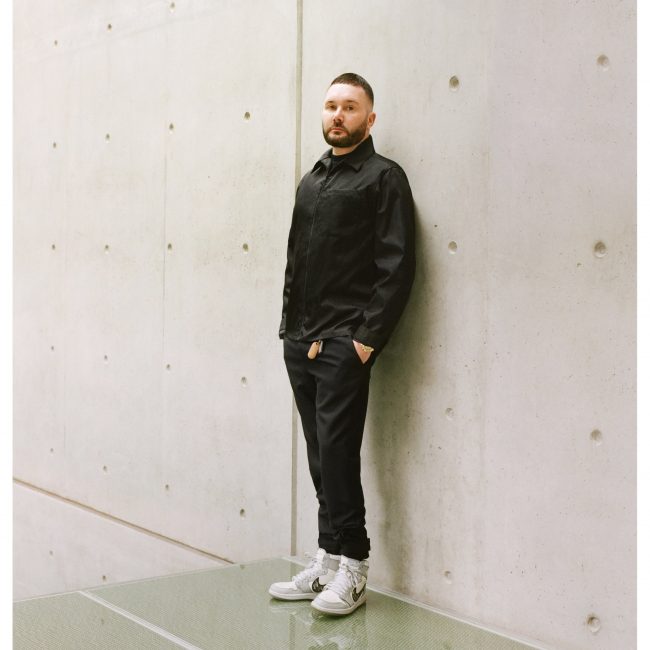
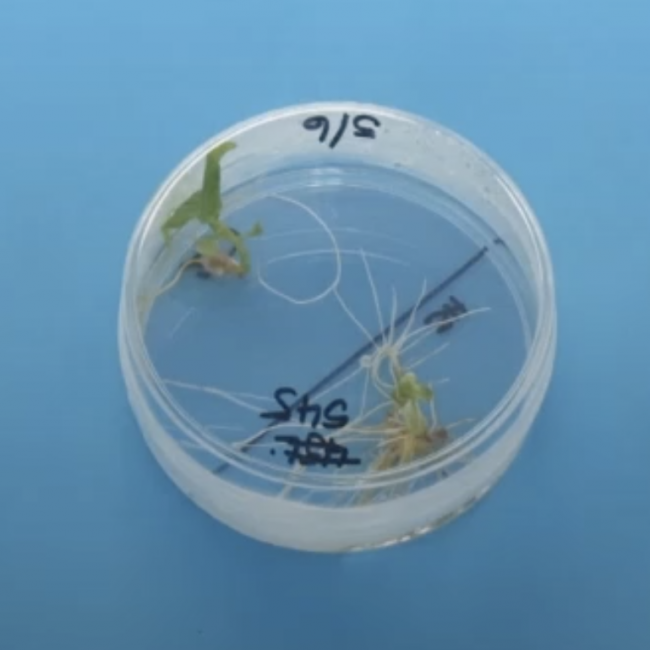
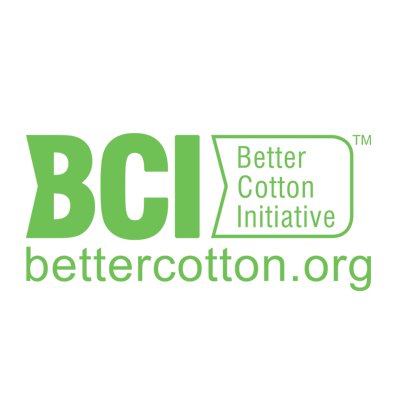
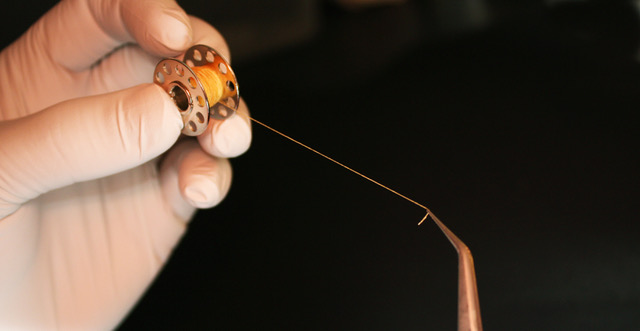
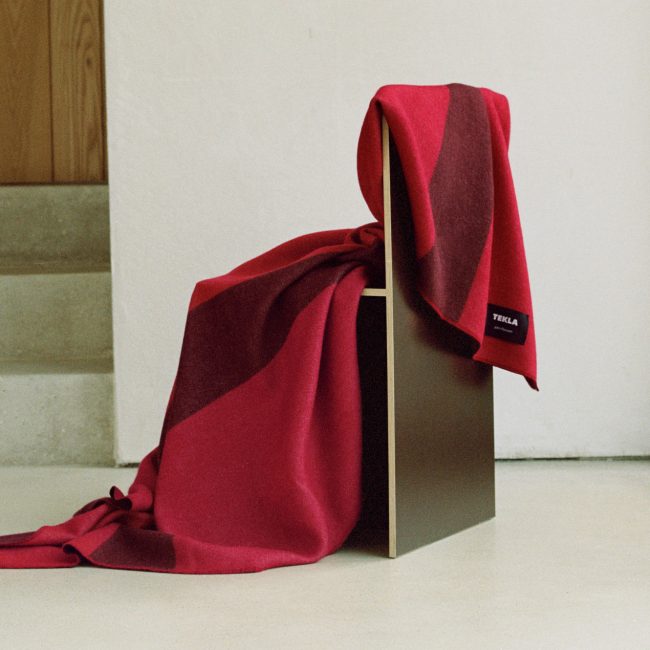
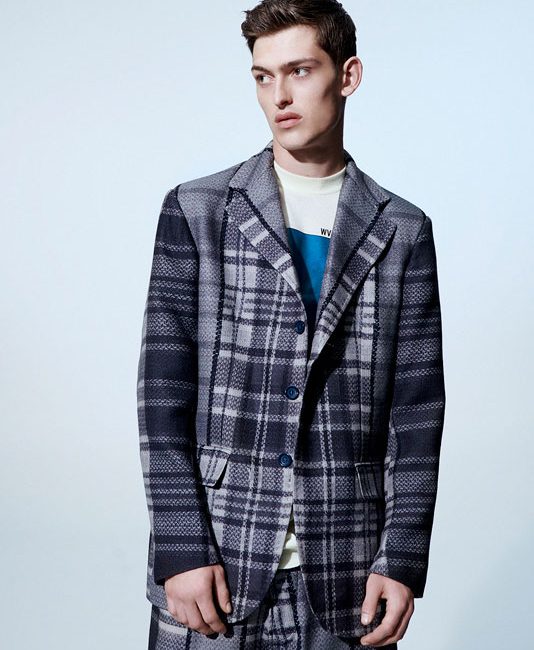
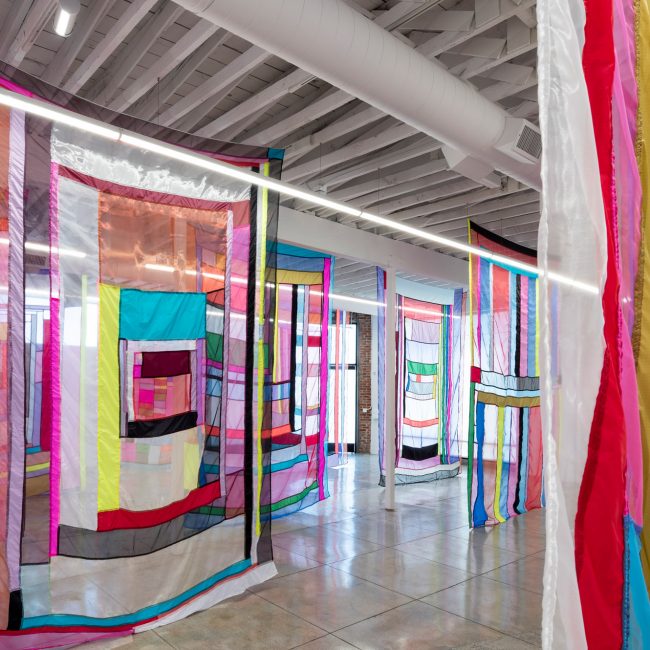
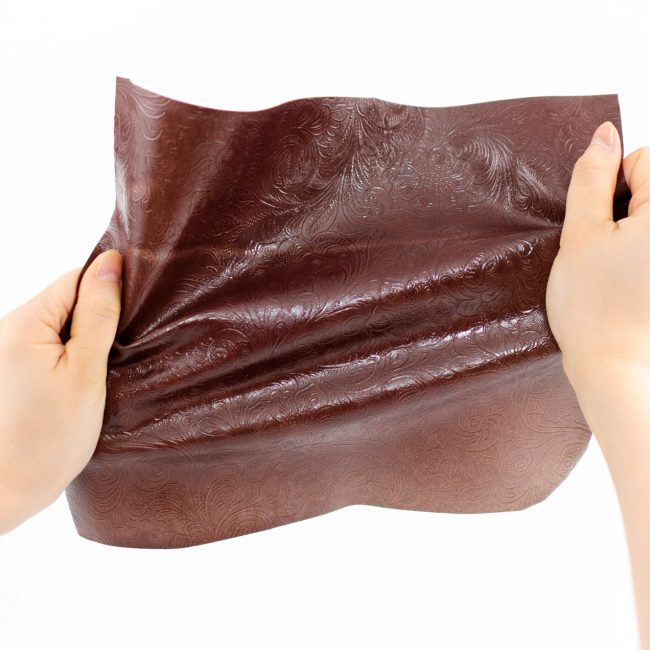

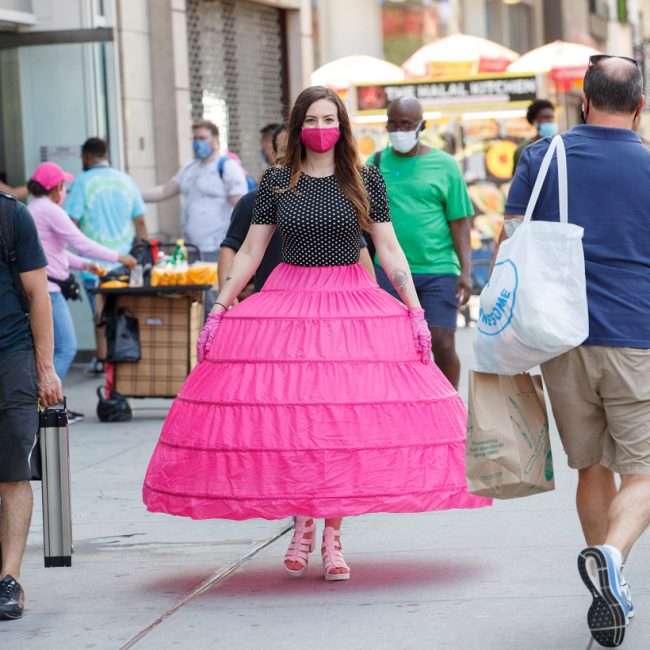
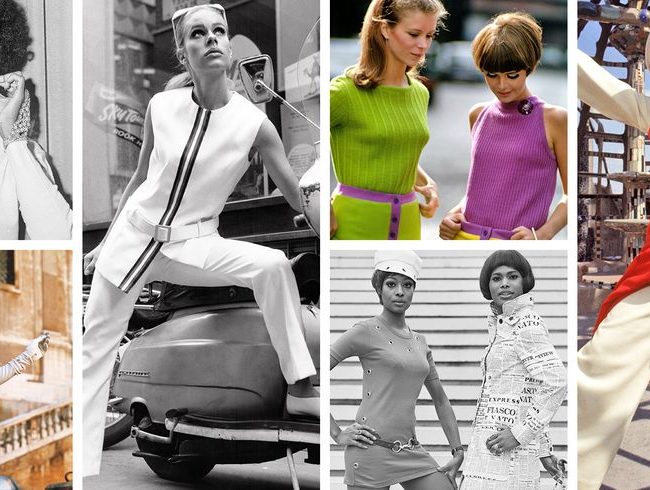
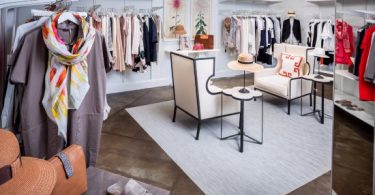
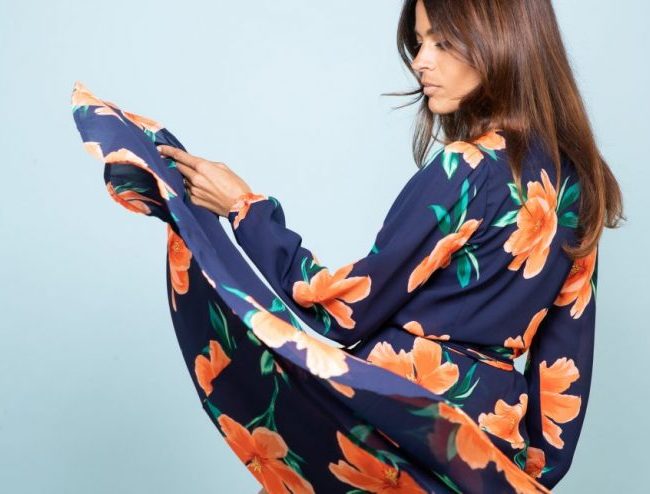

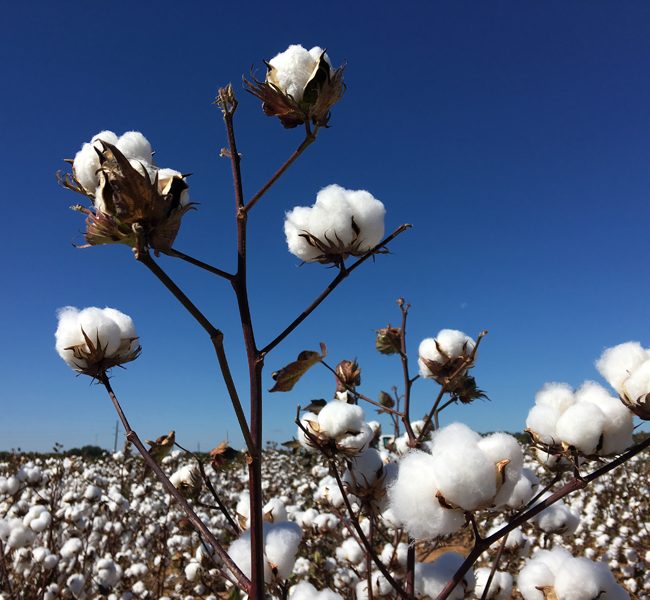

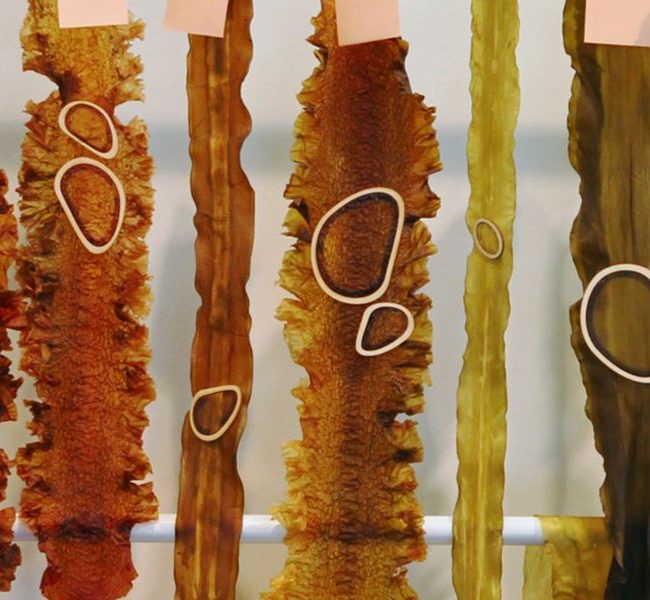
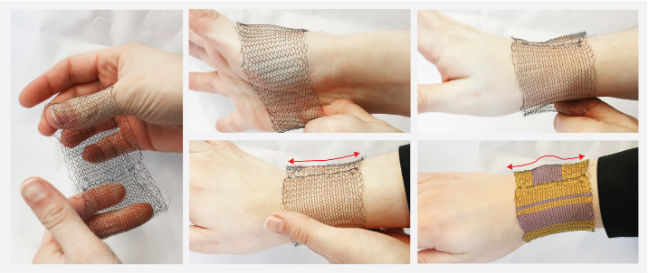
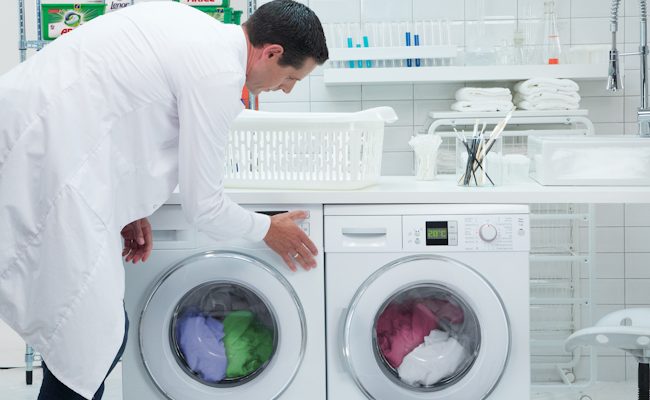
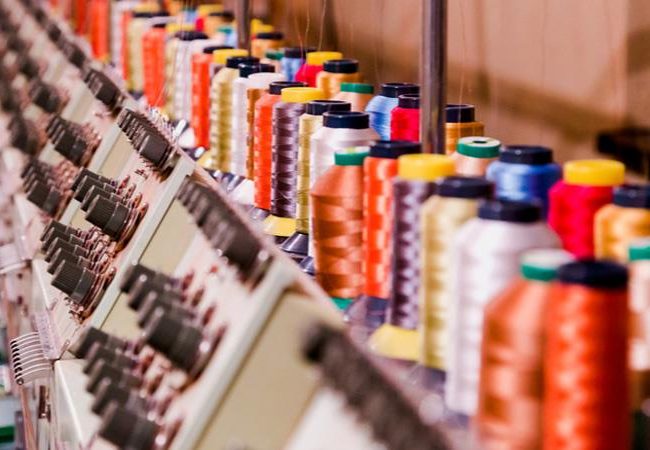
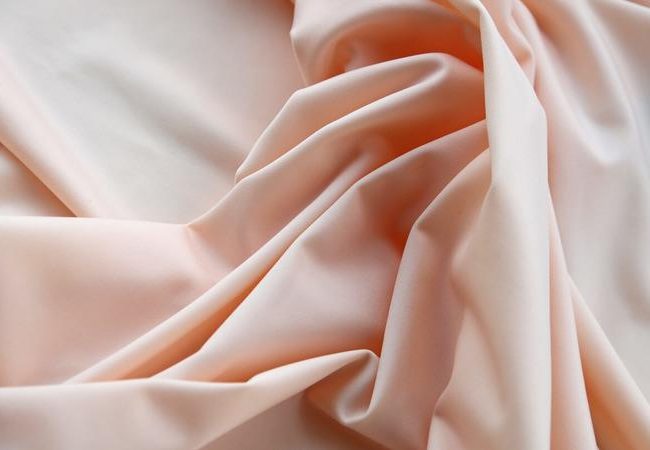
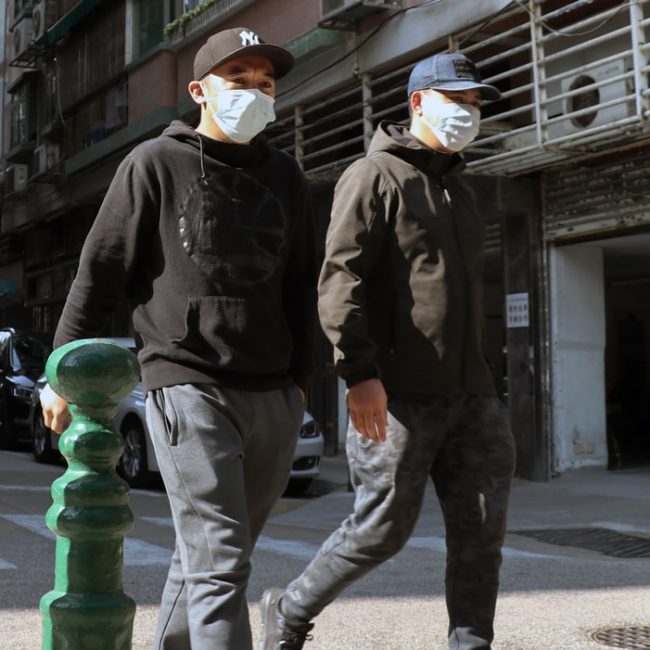
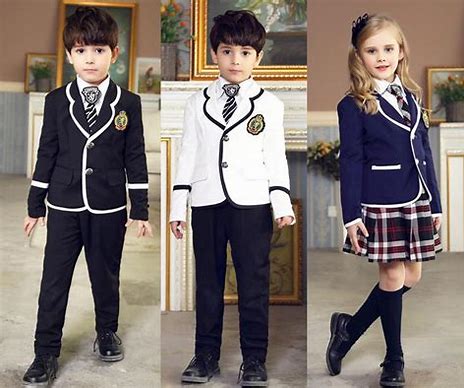
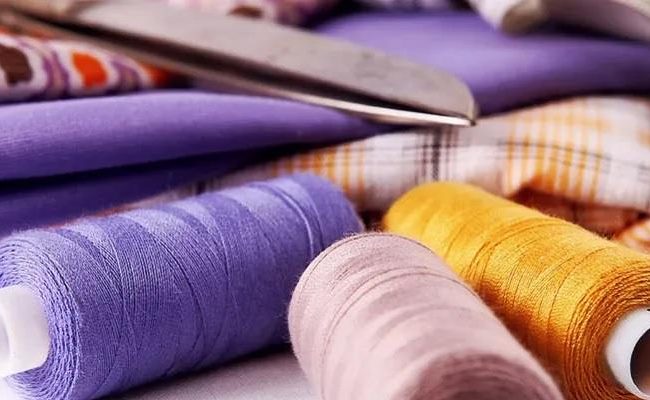
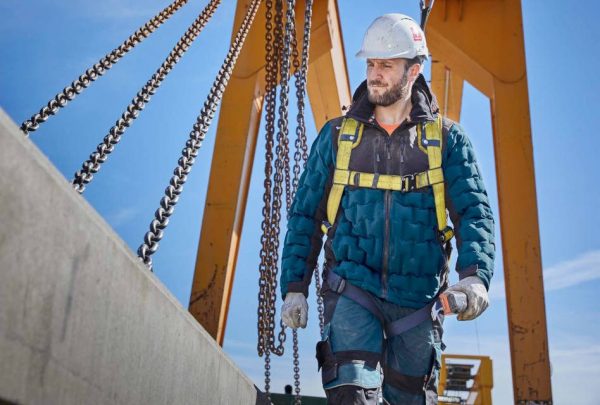

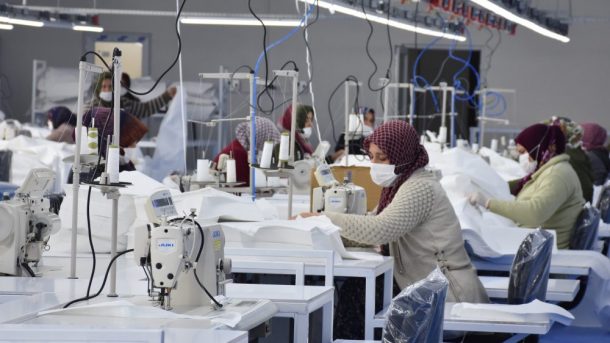

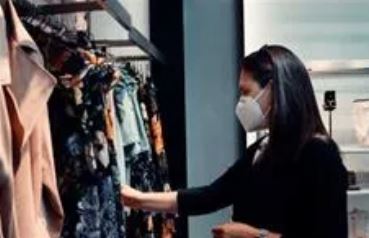

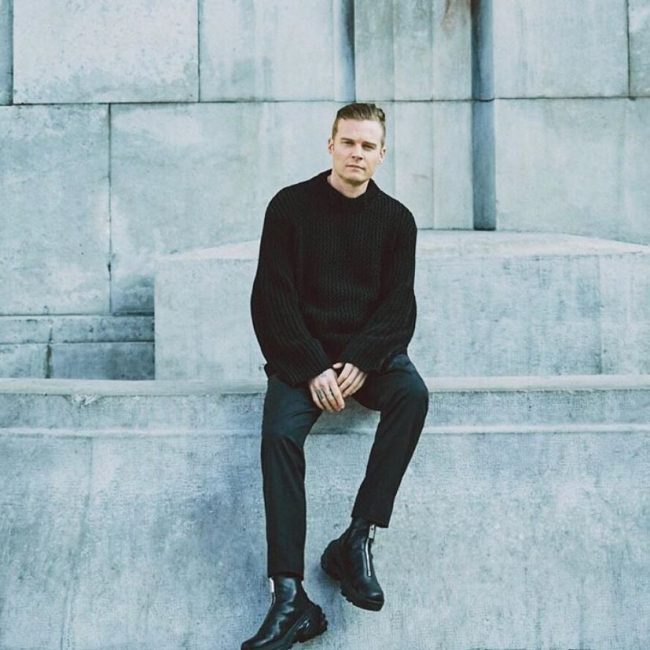
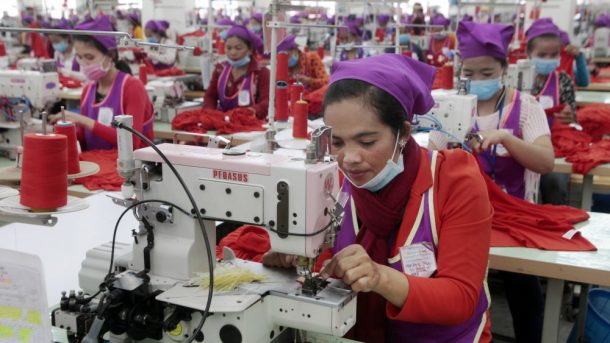

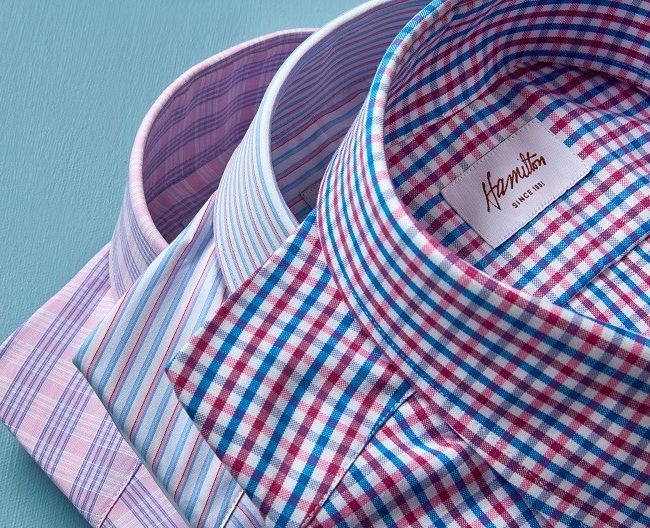
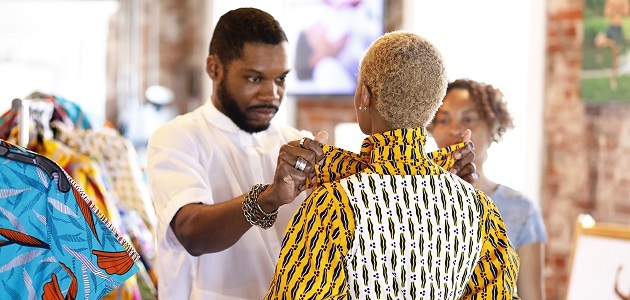
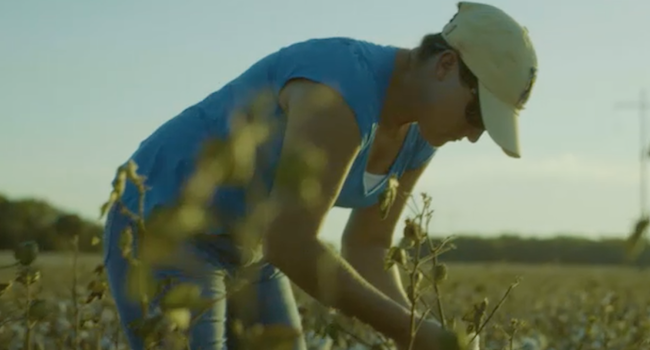
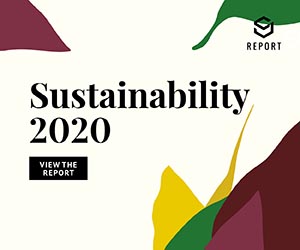
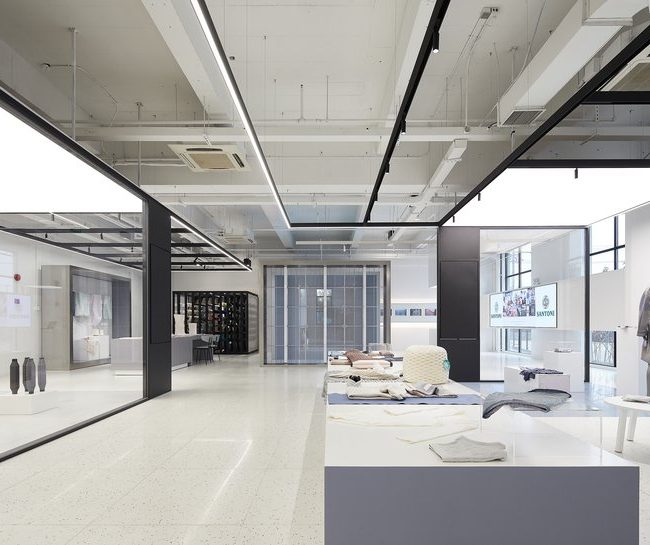
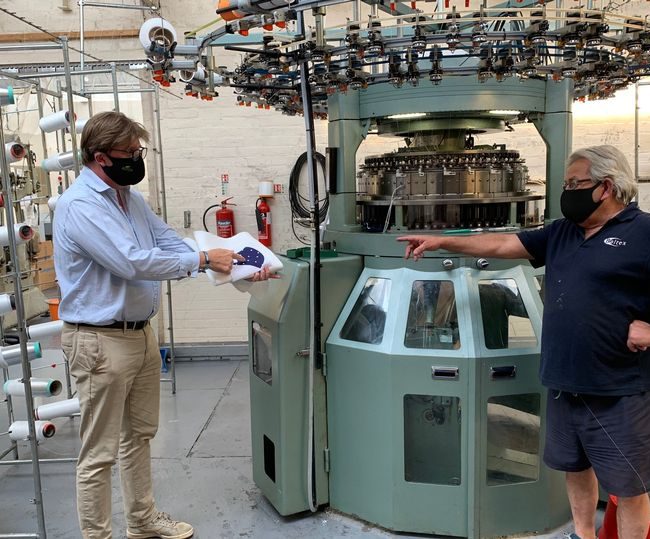

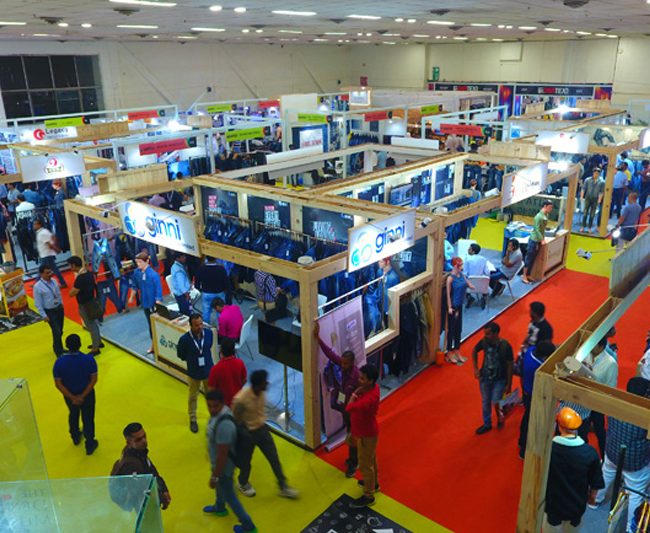
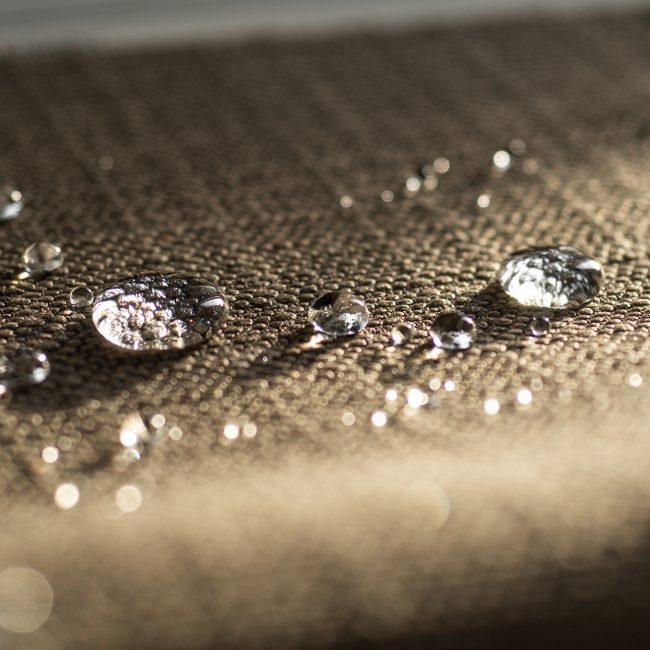







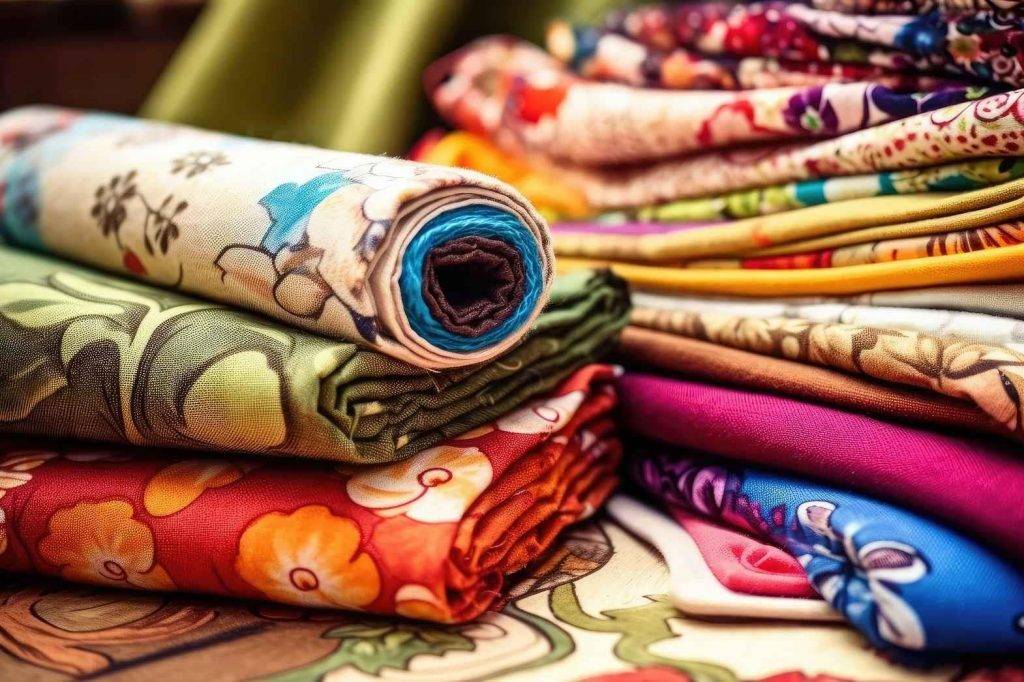
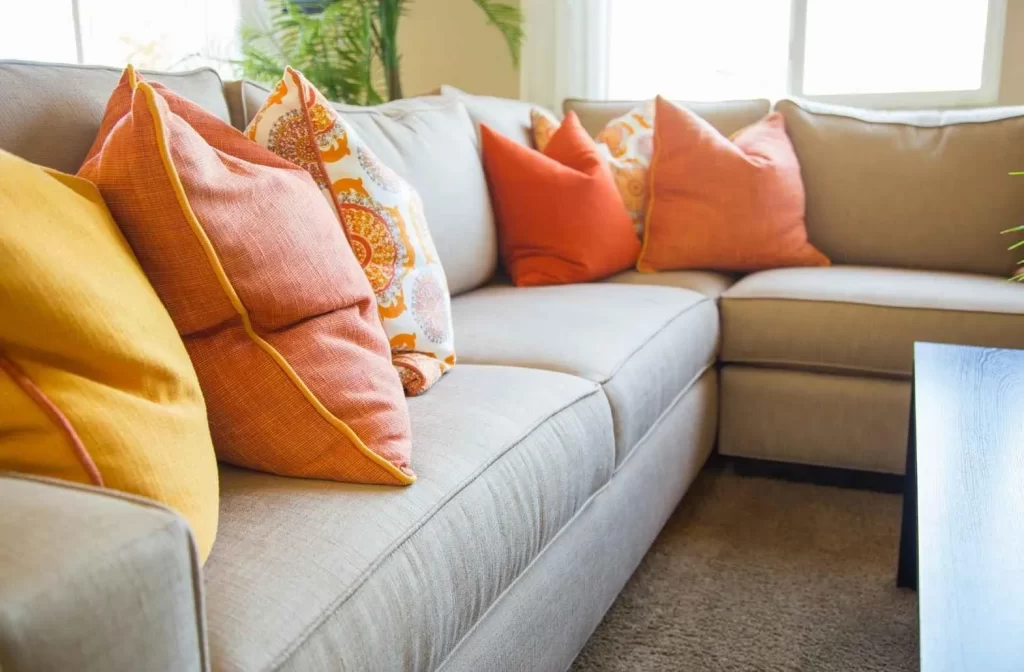
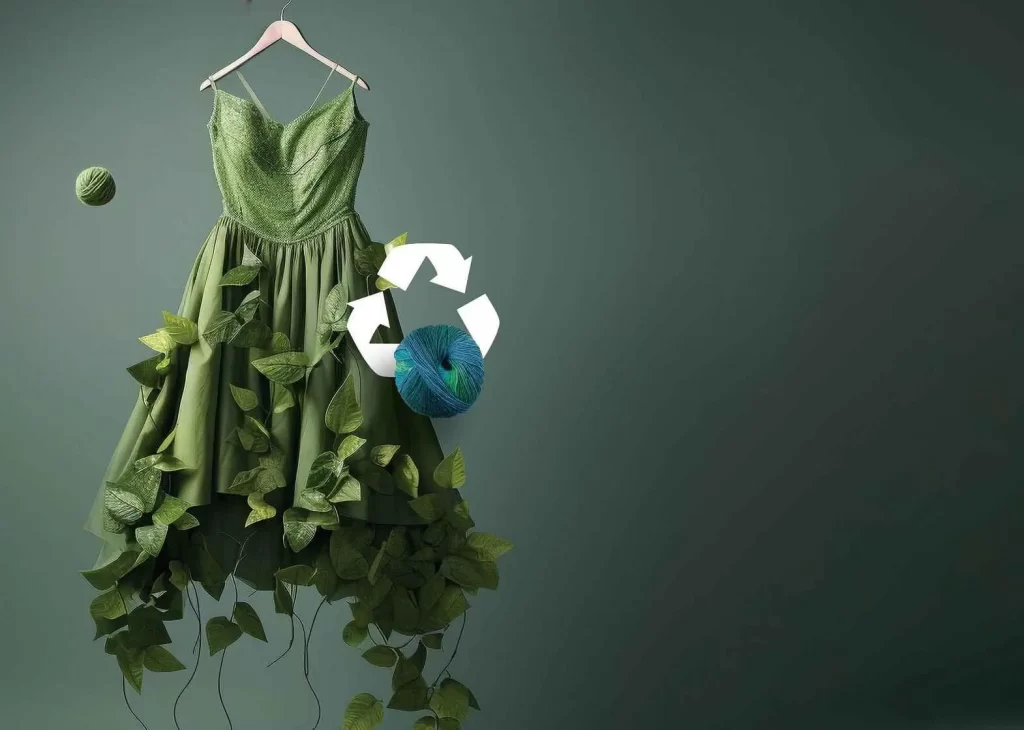
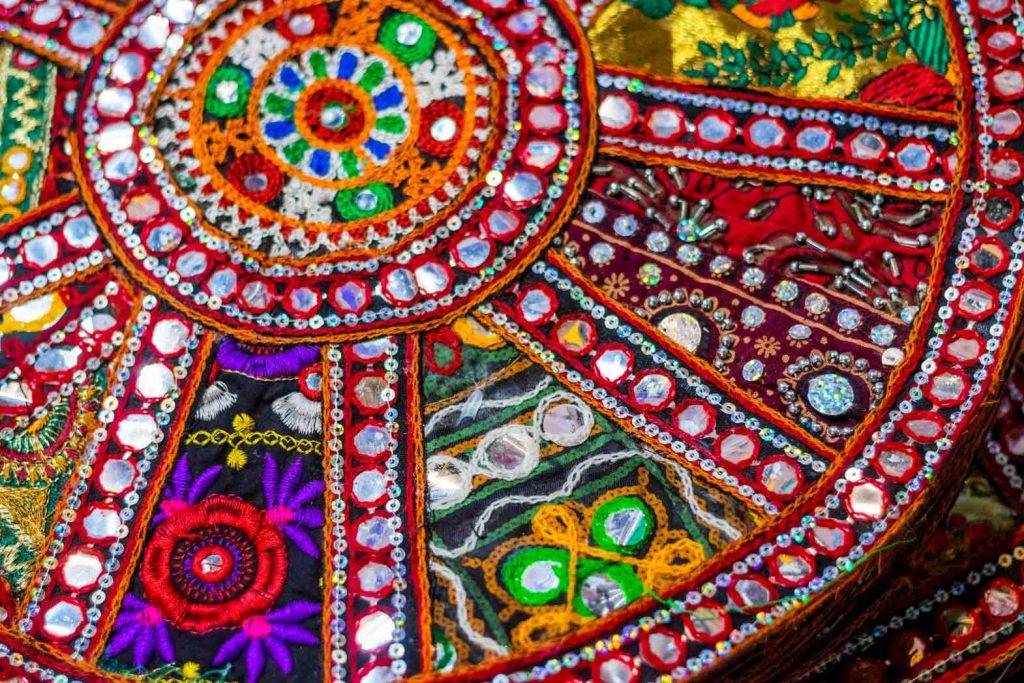
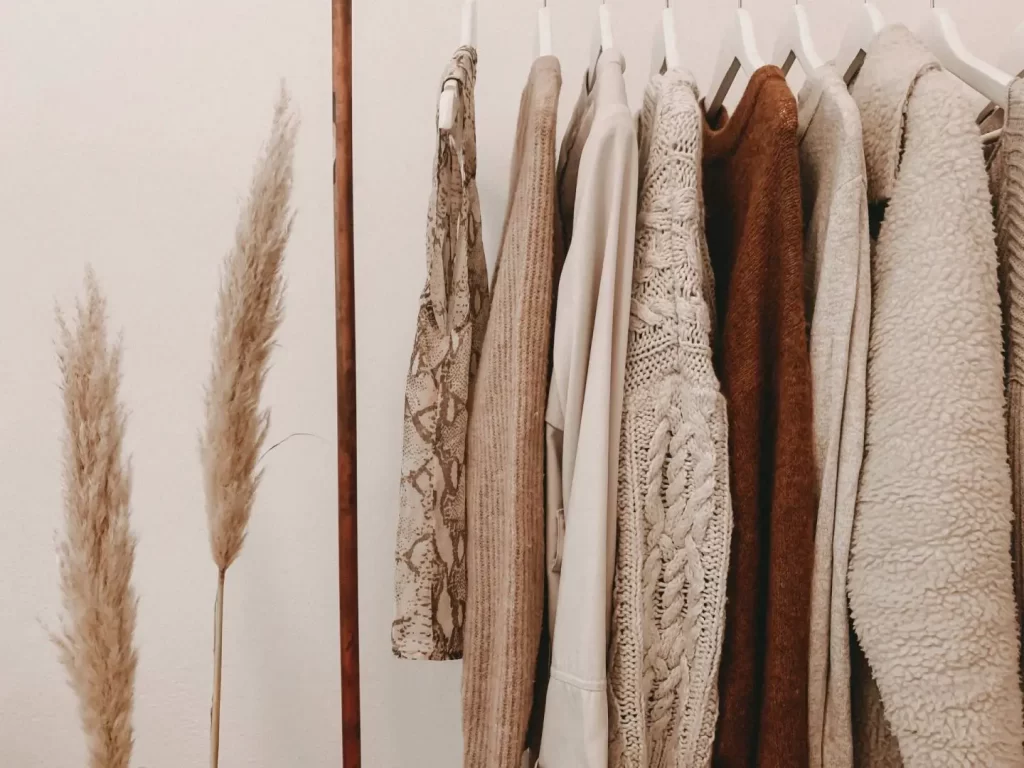
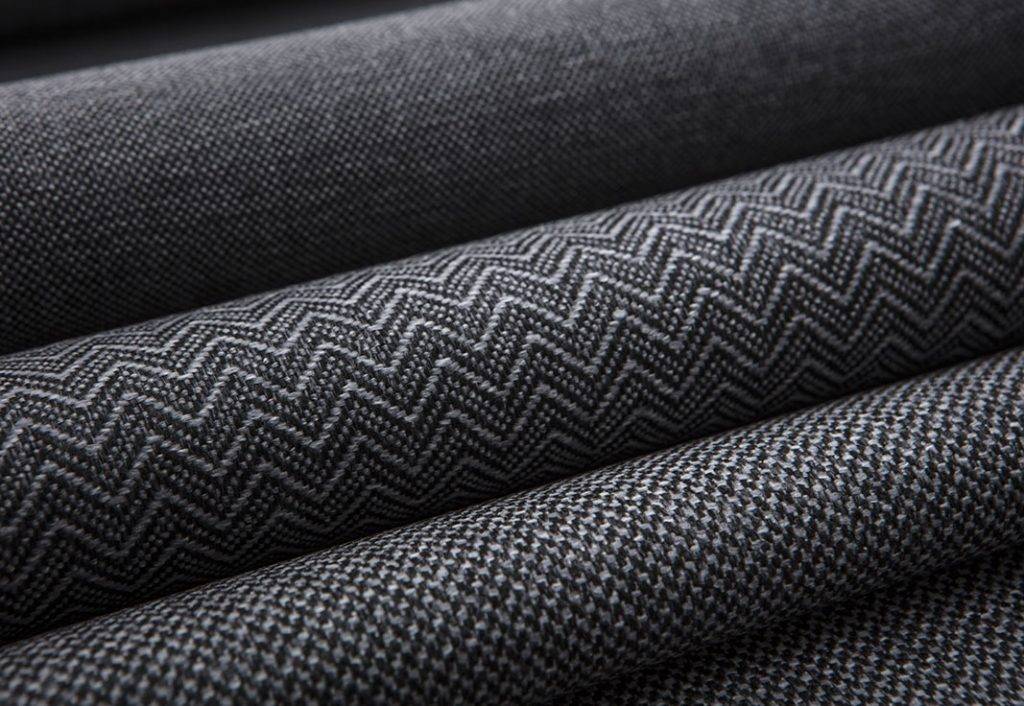
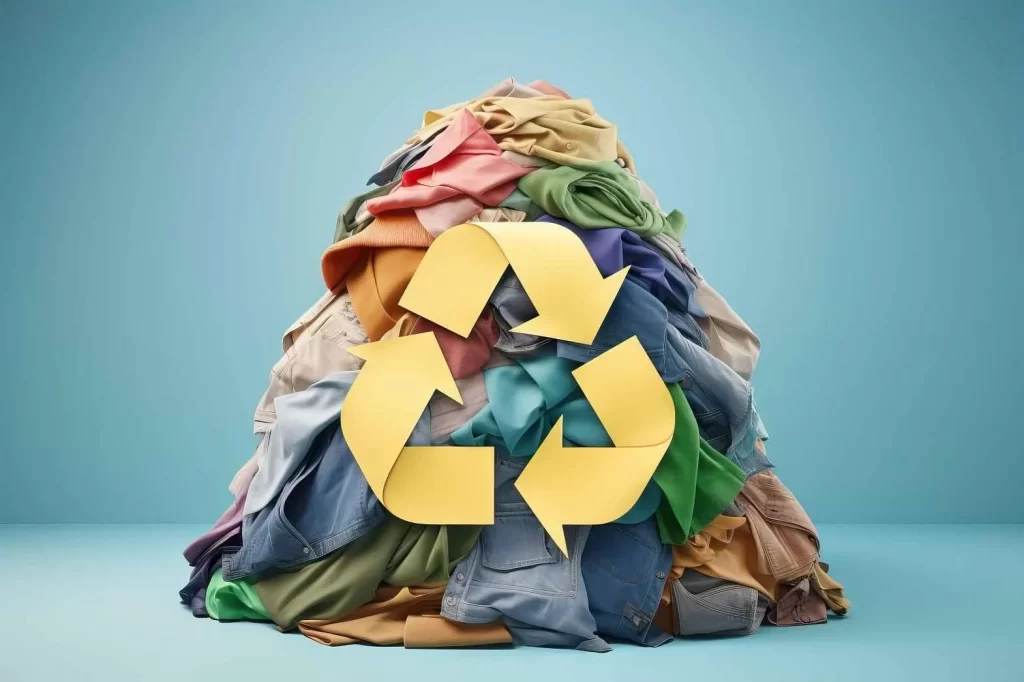
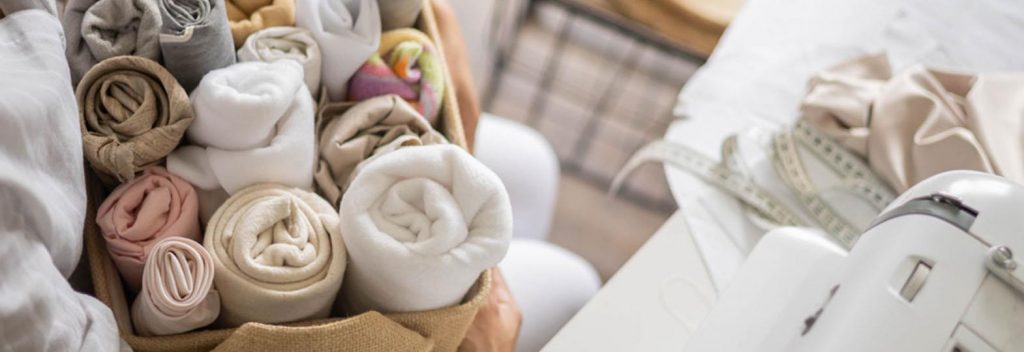
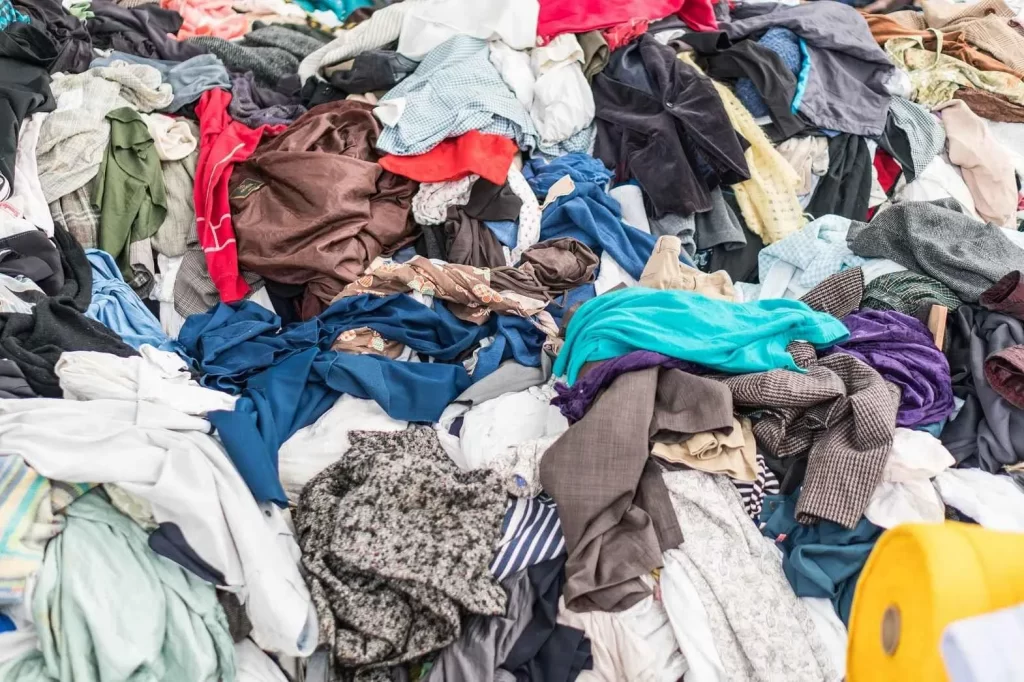
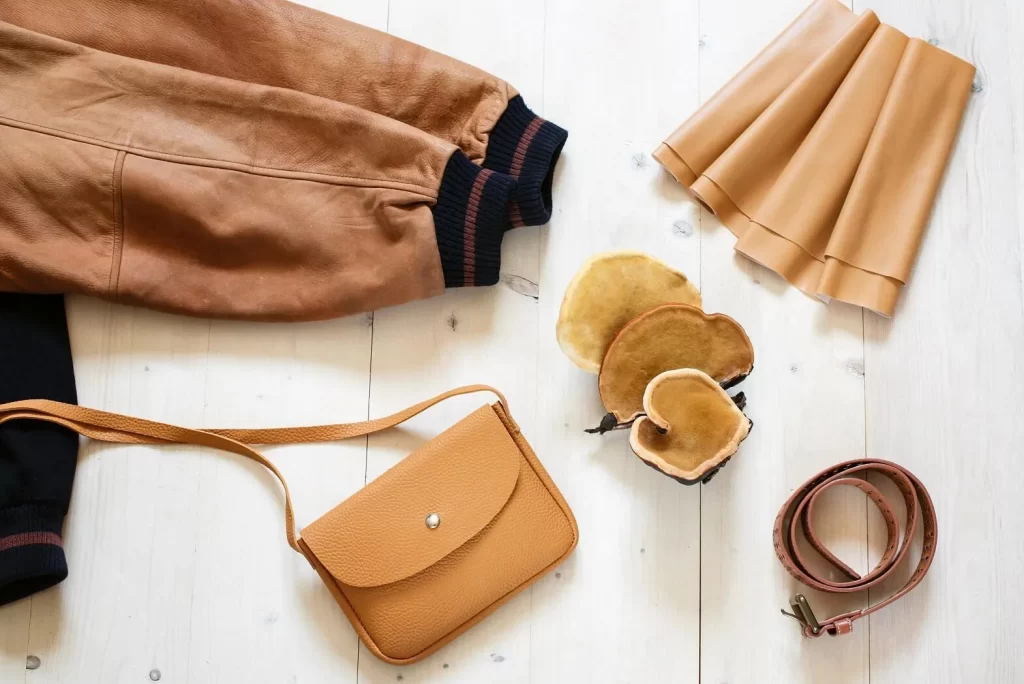
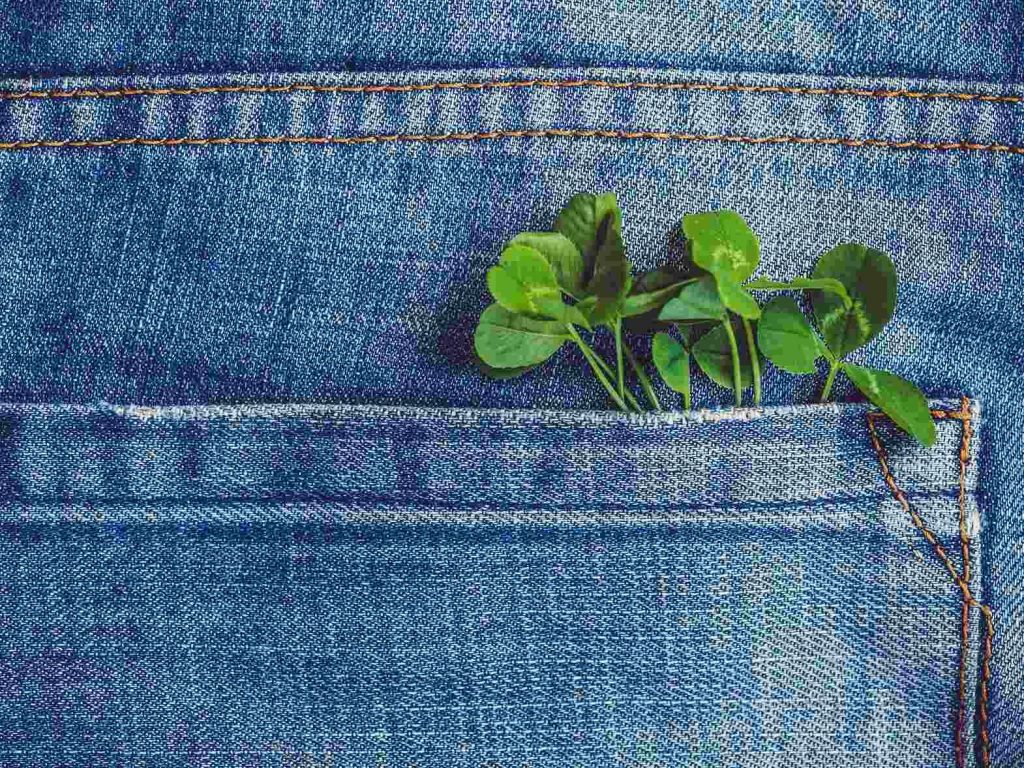
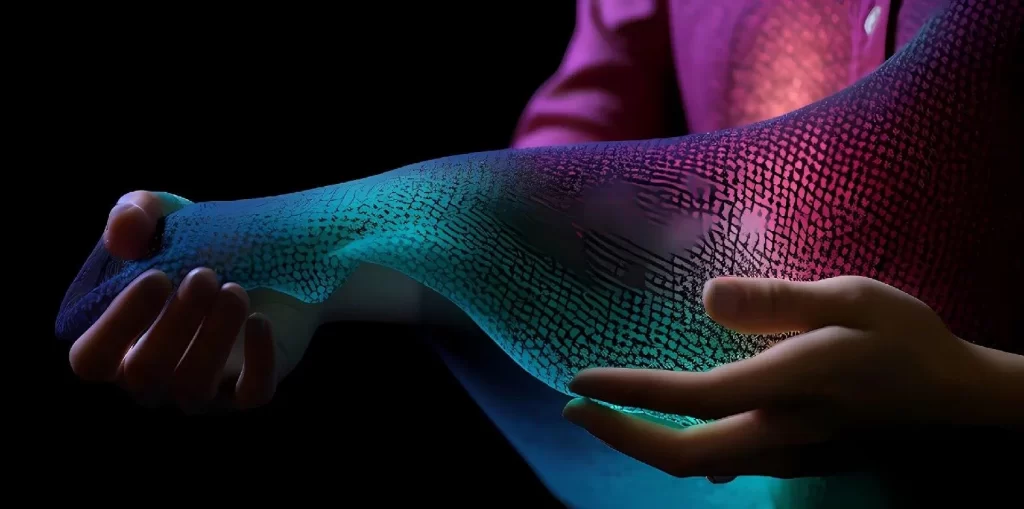
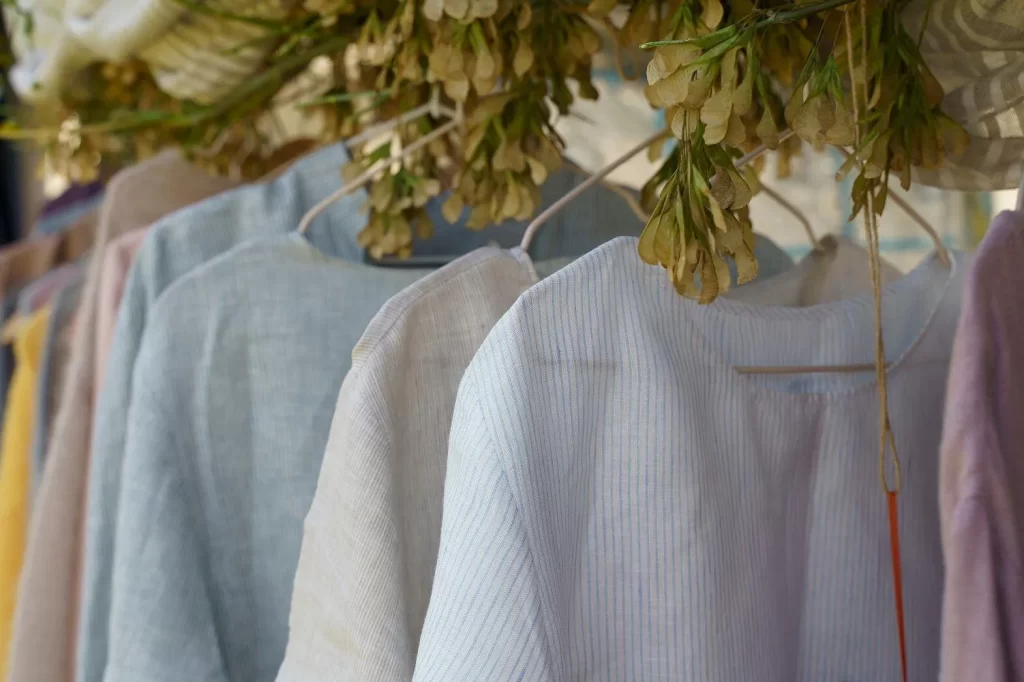
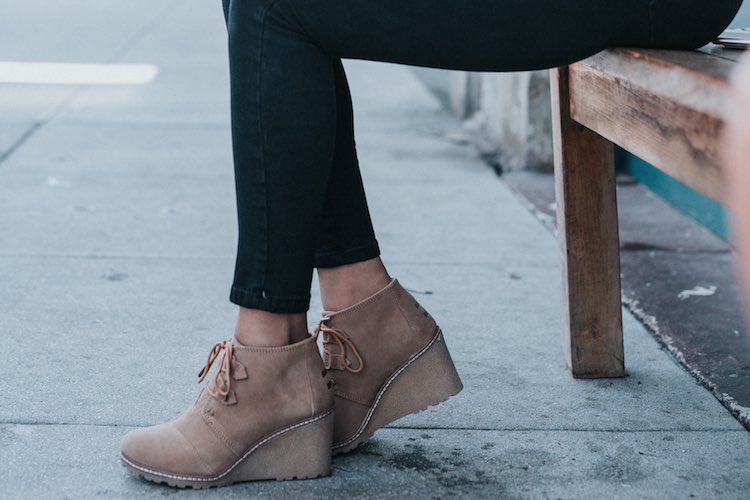
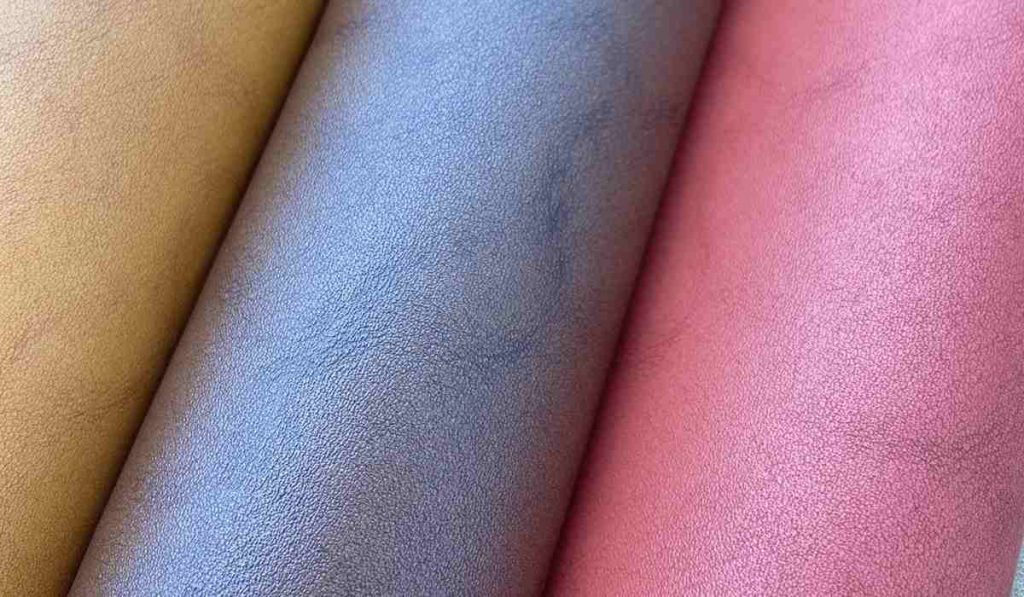
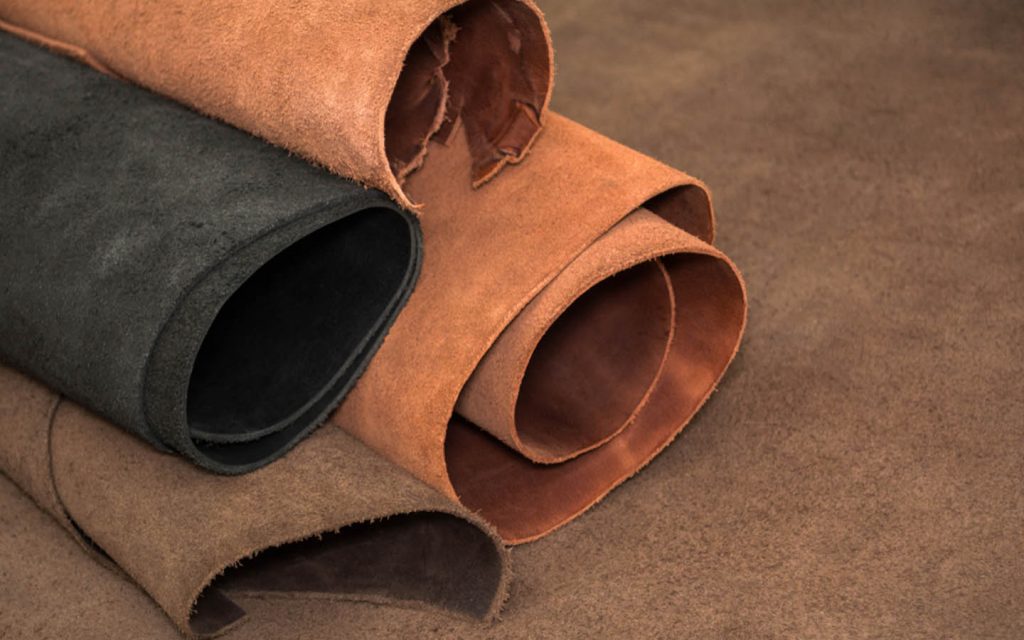

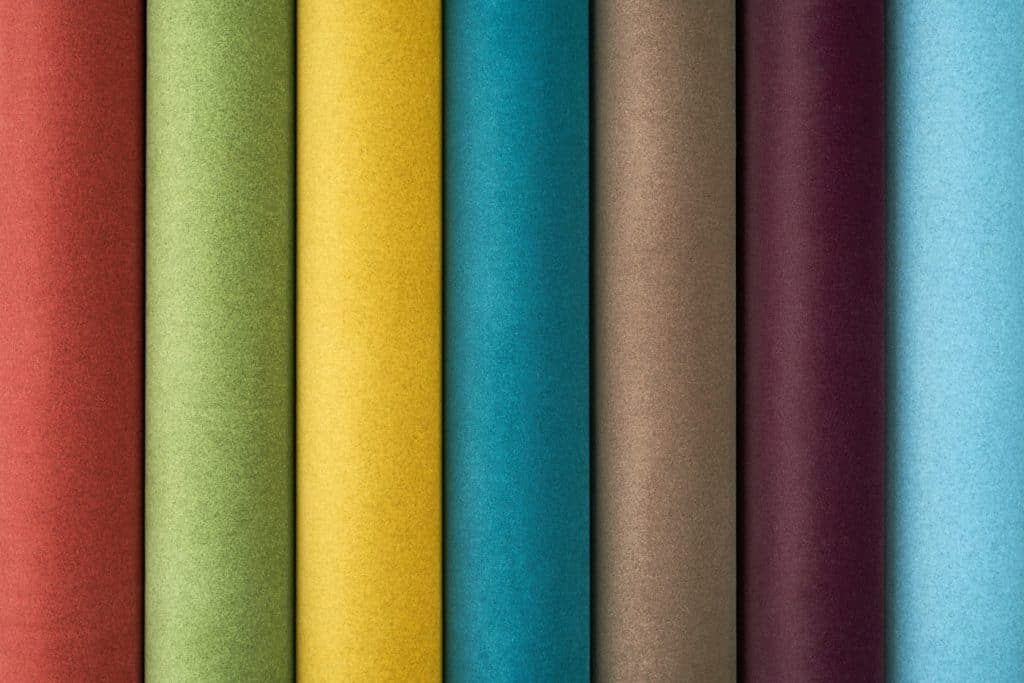
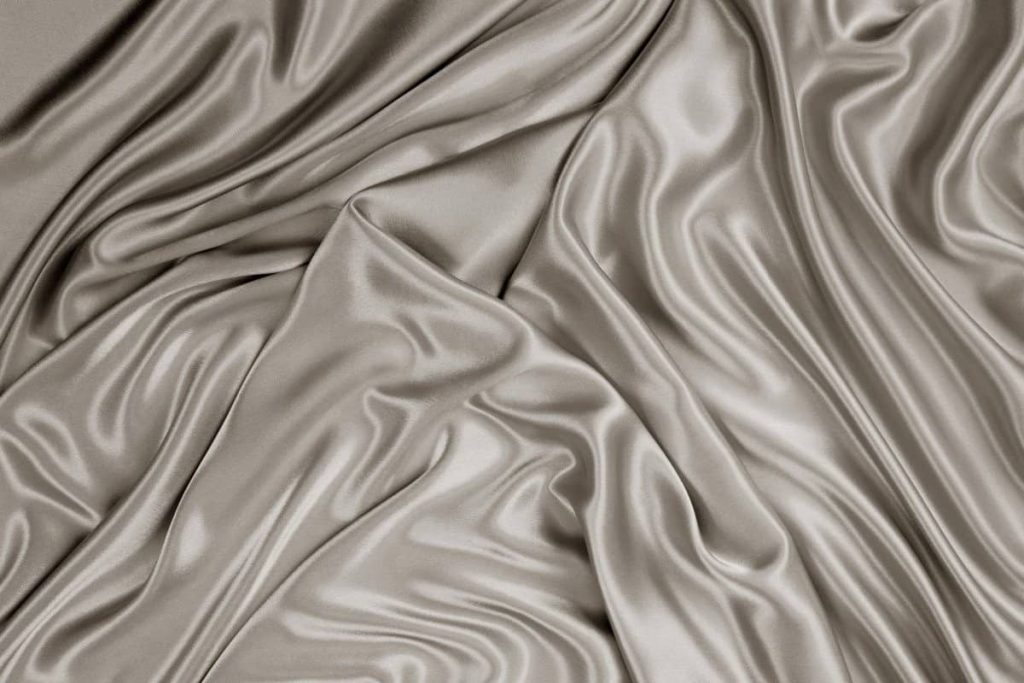






Pingback: Fleece vs. Flannel Fabric: What Is Flannel and What Is Fleece? | news